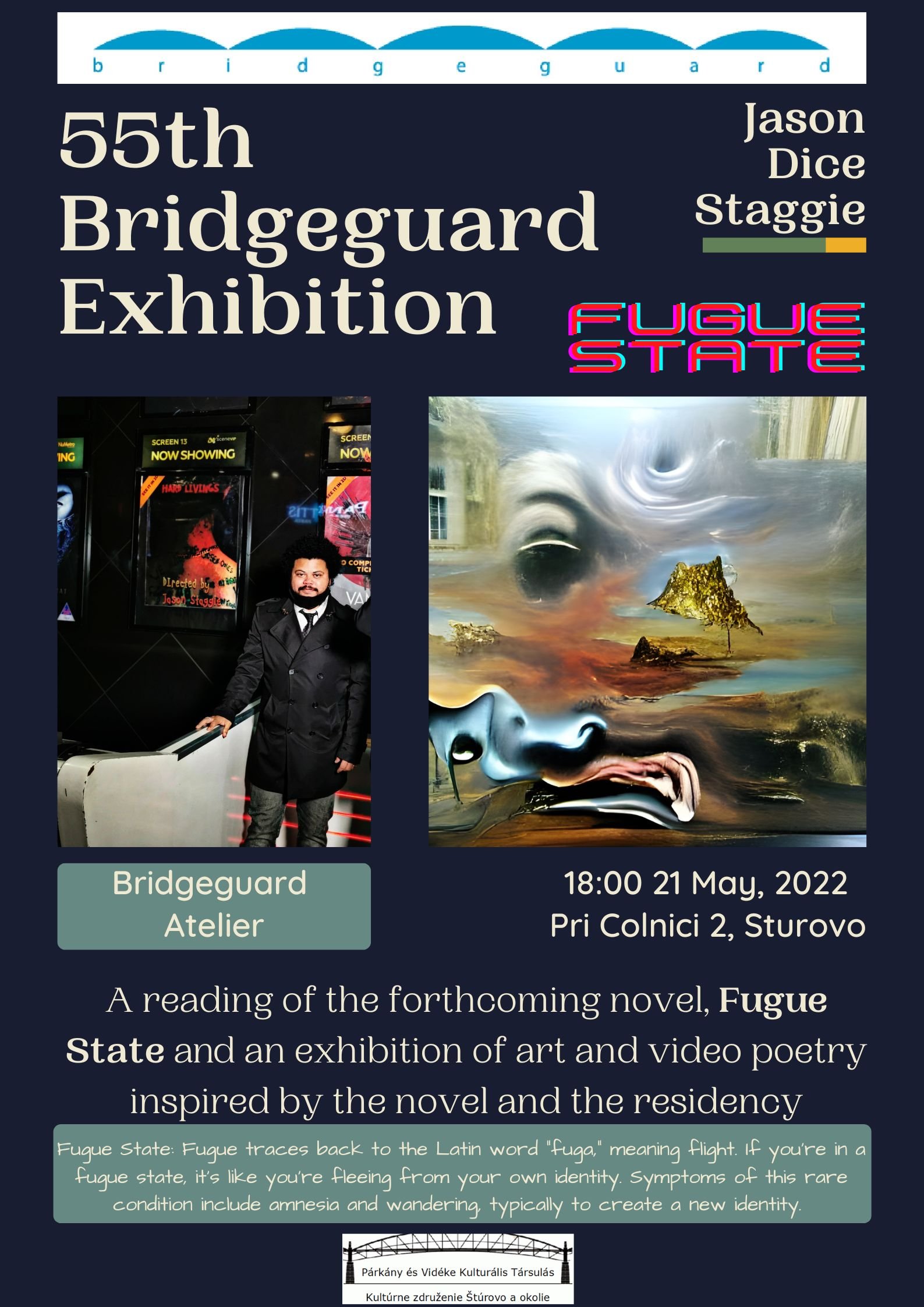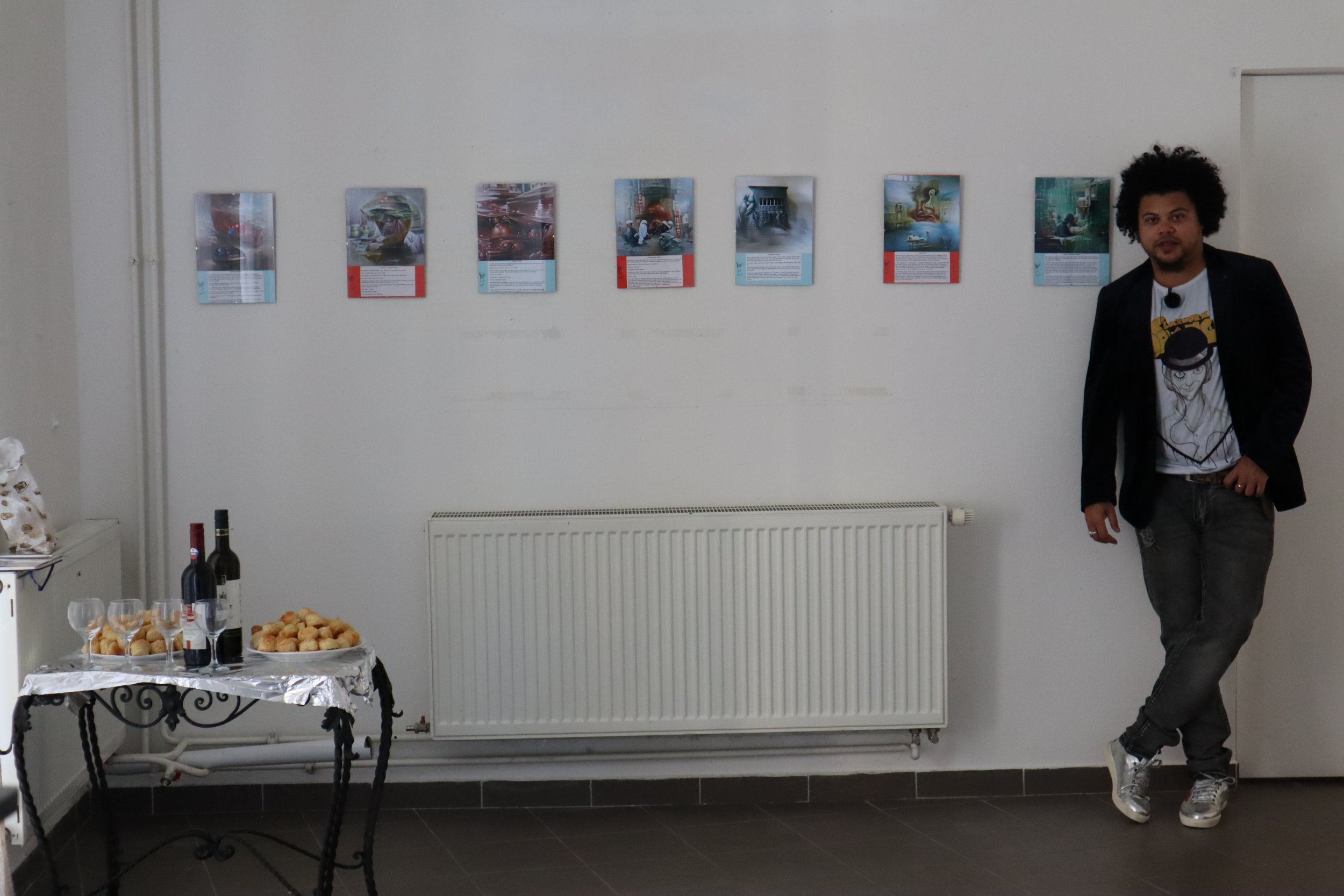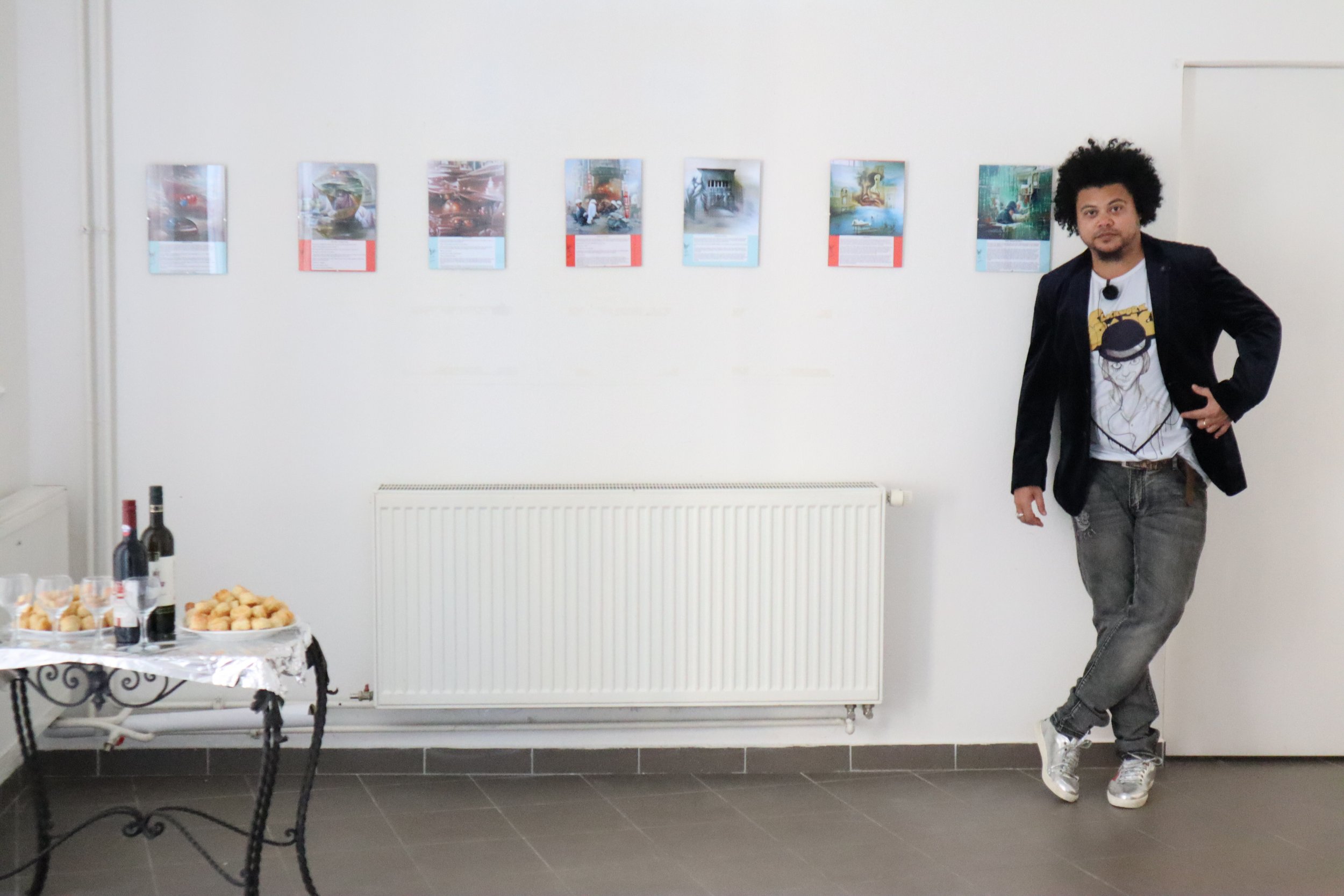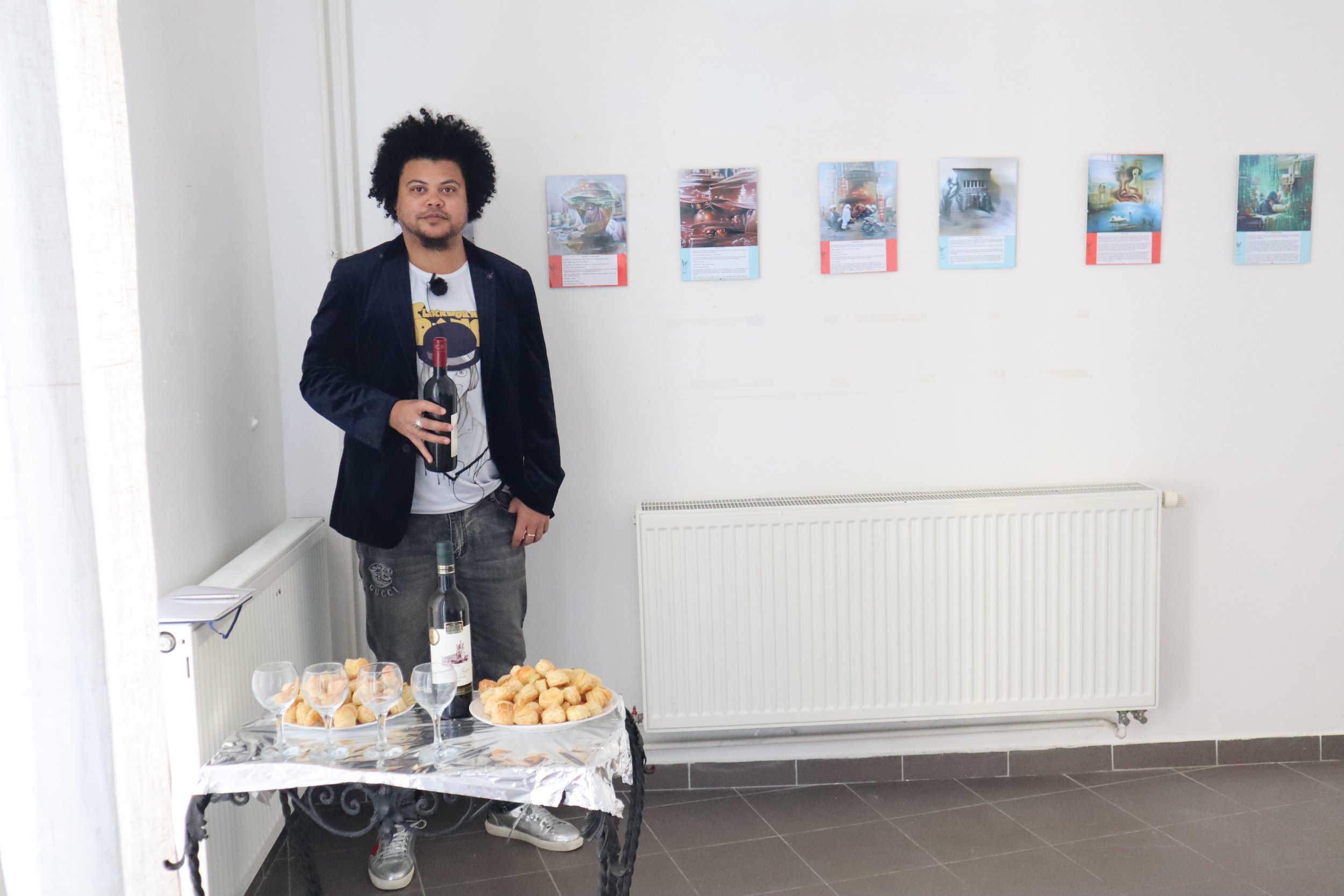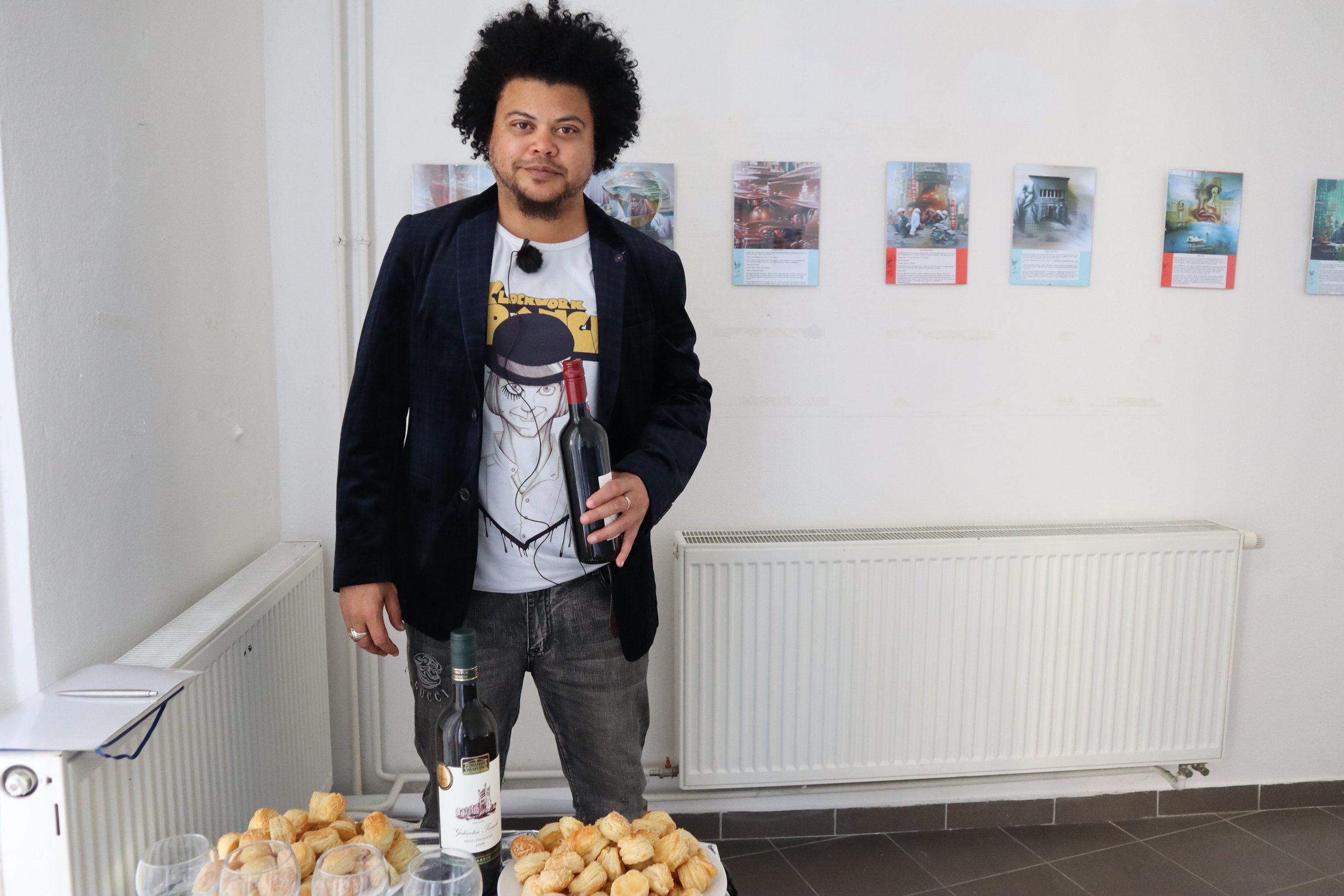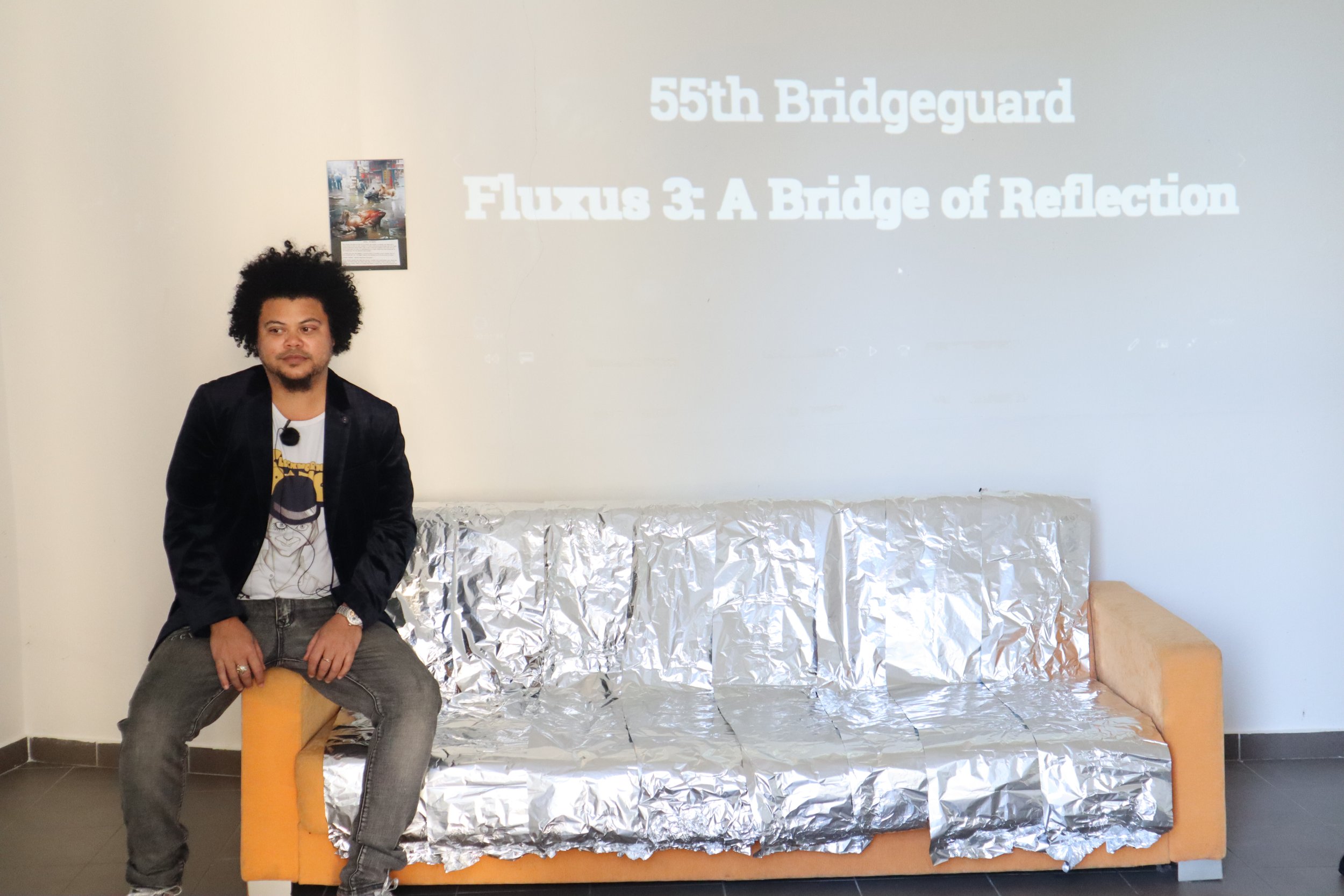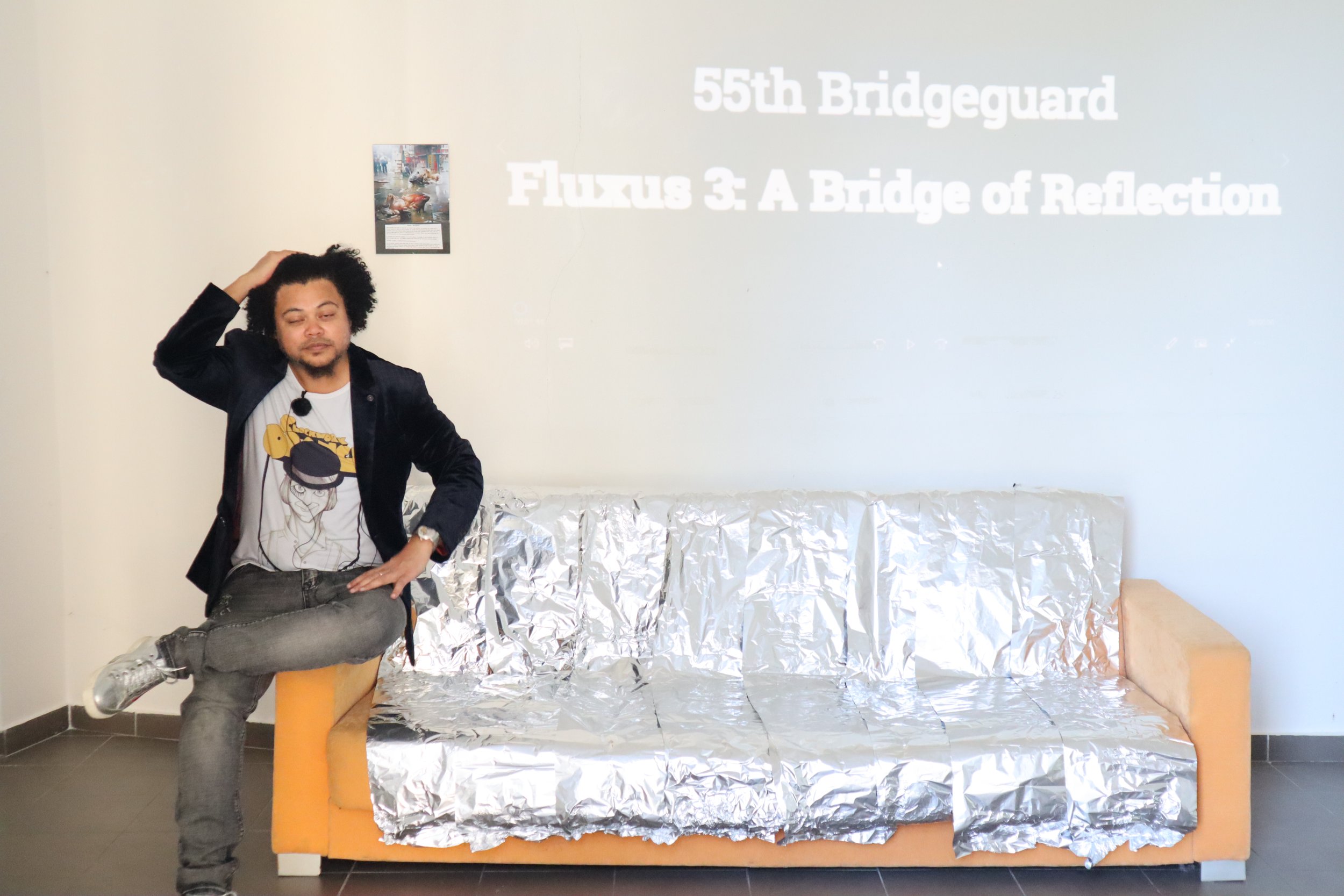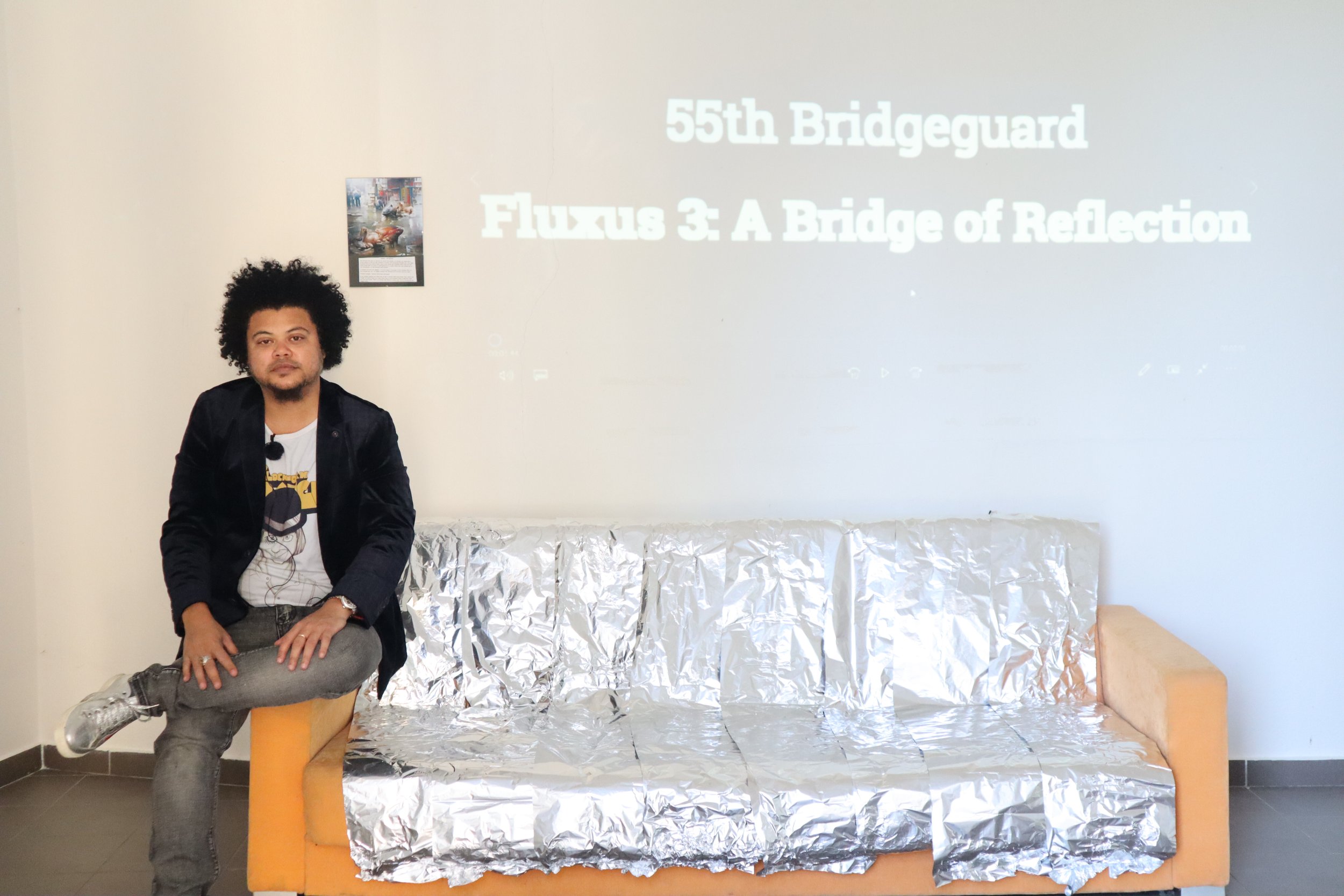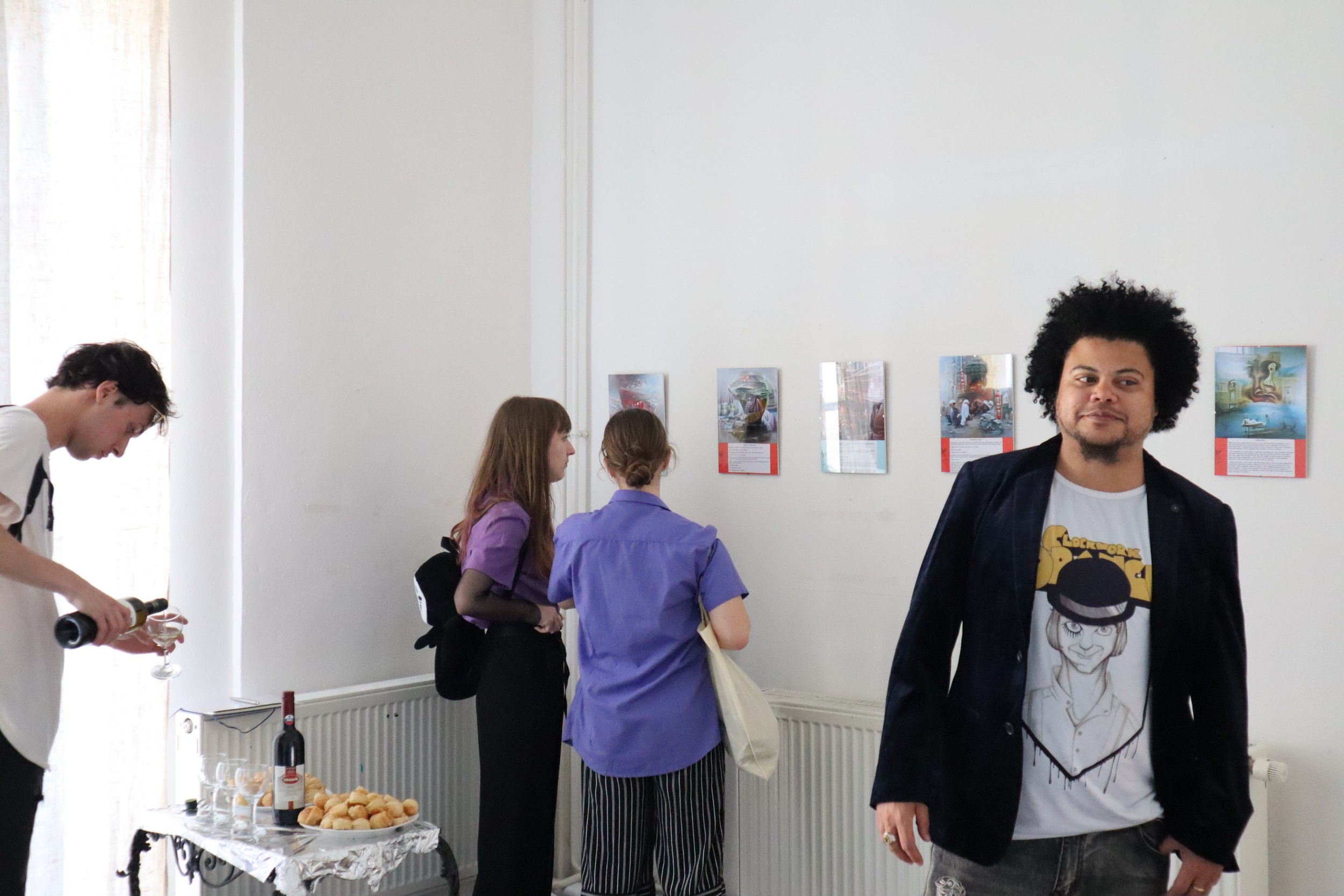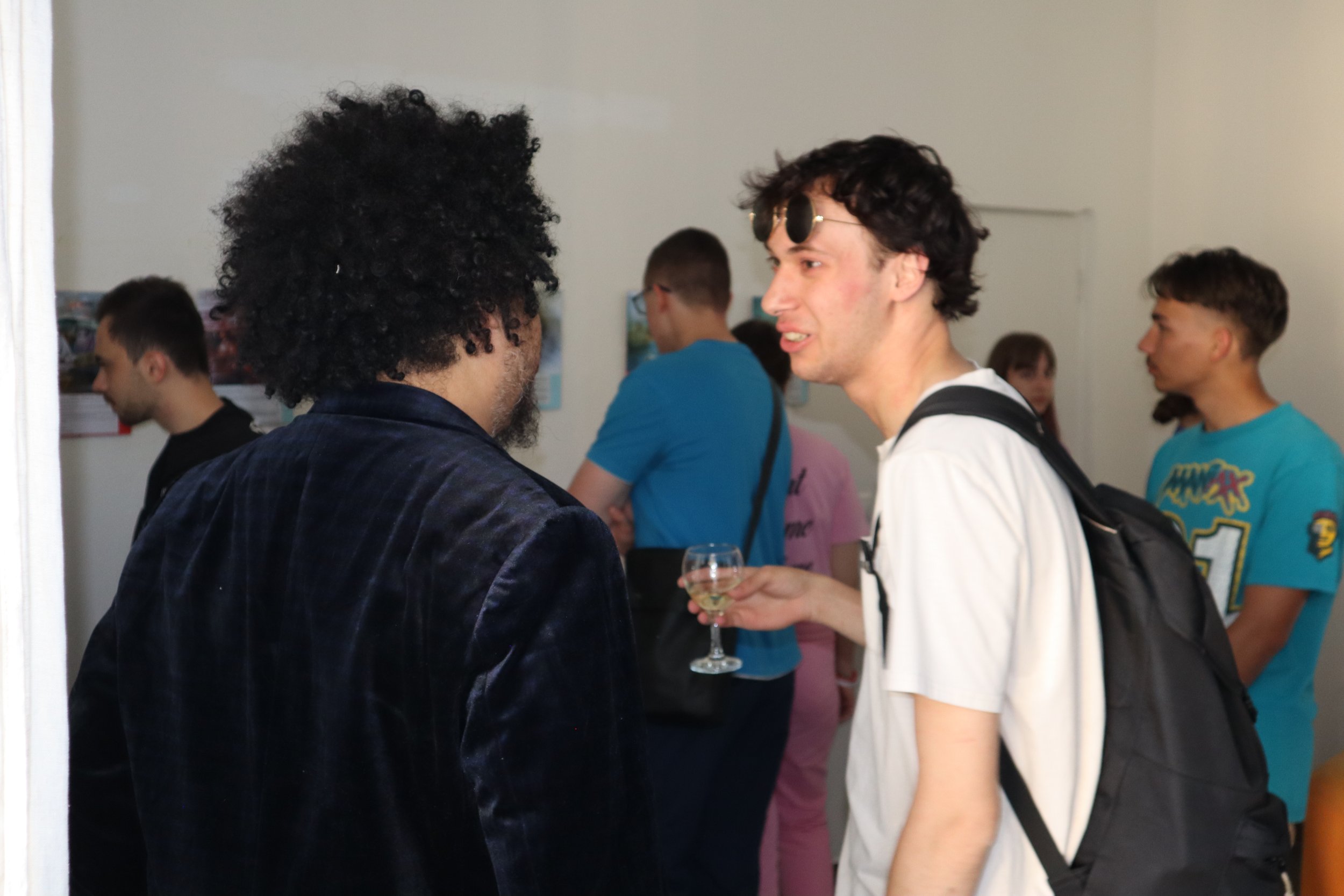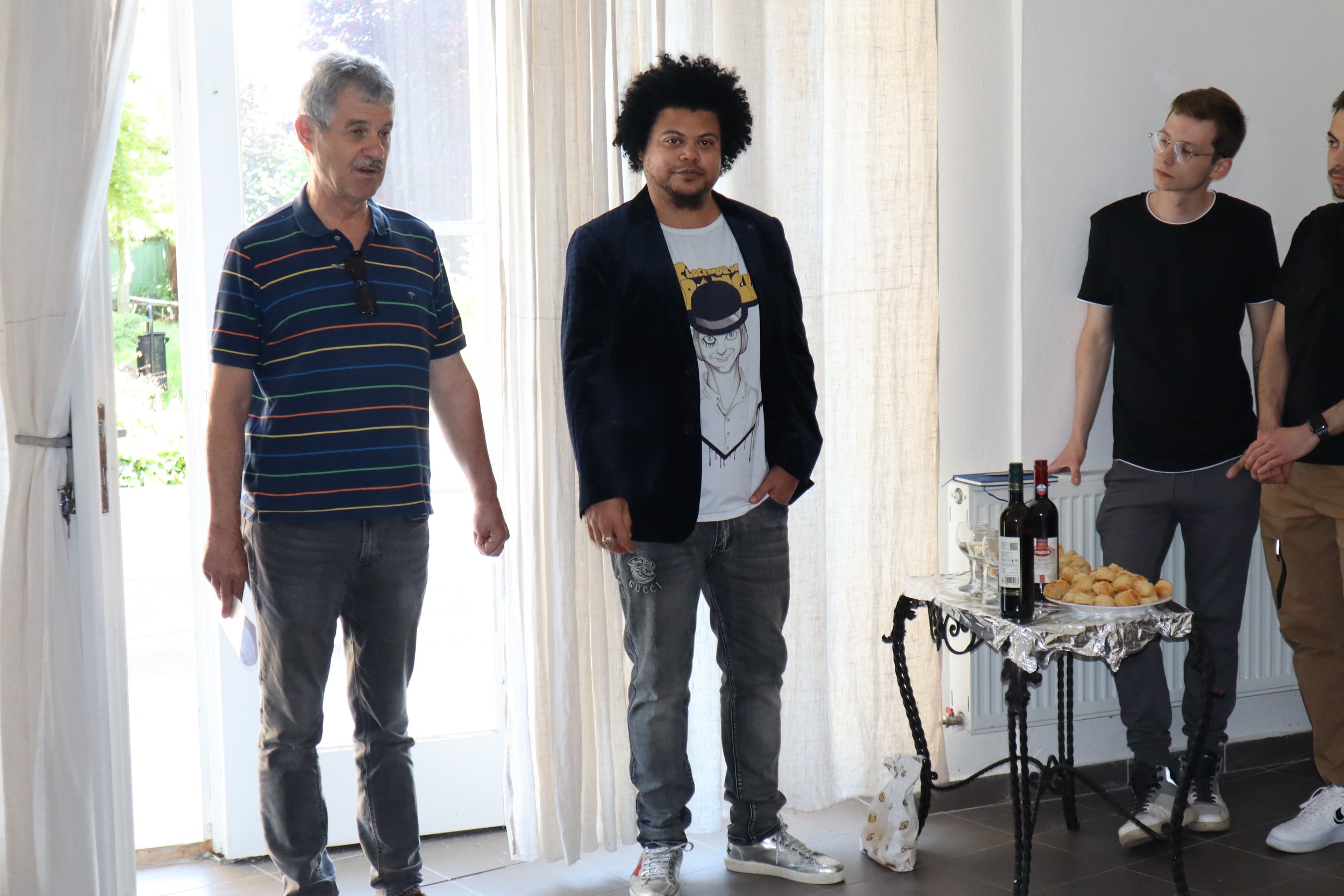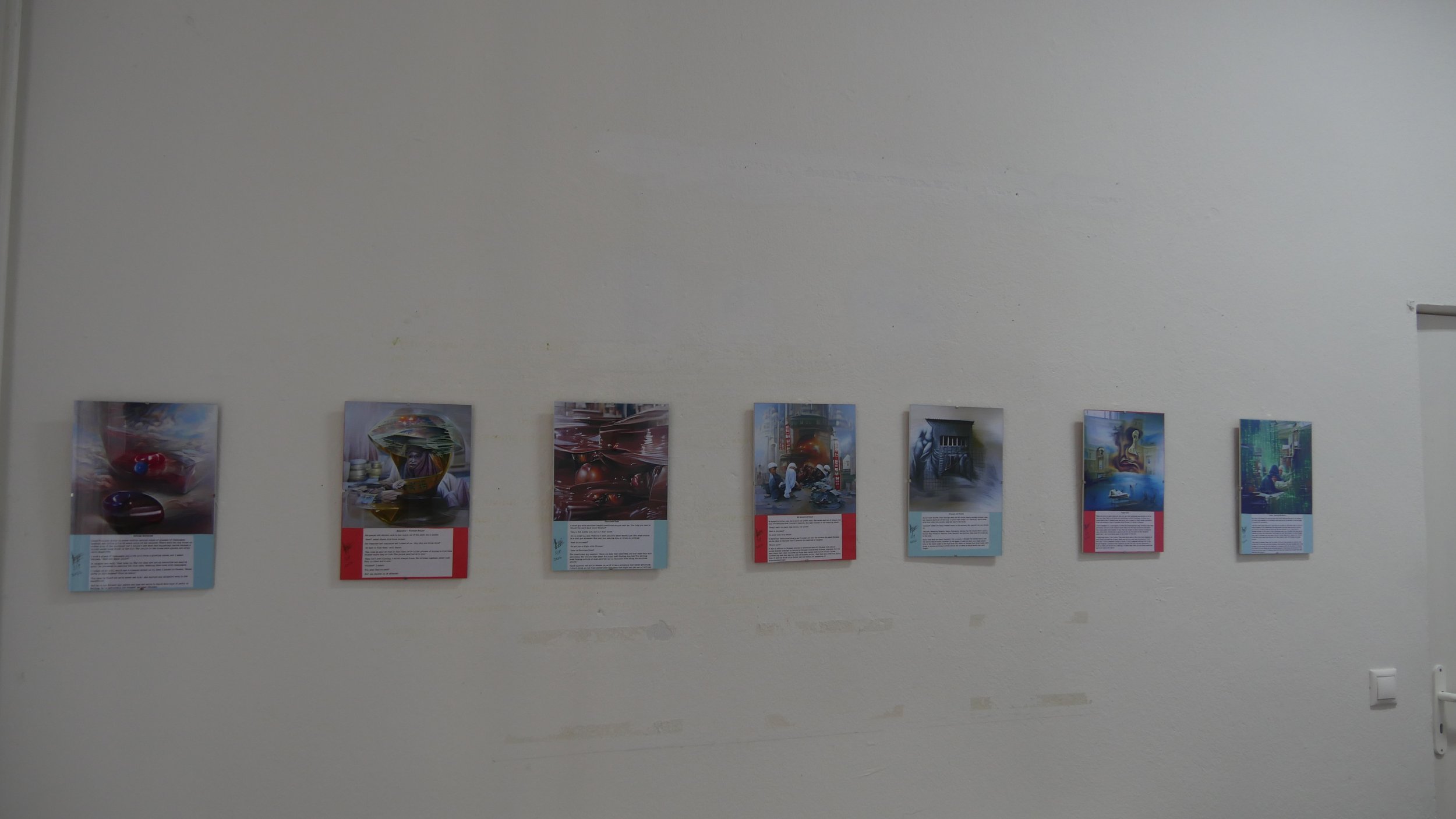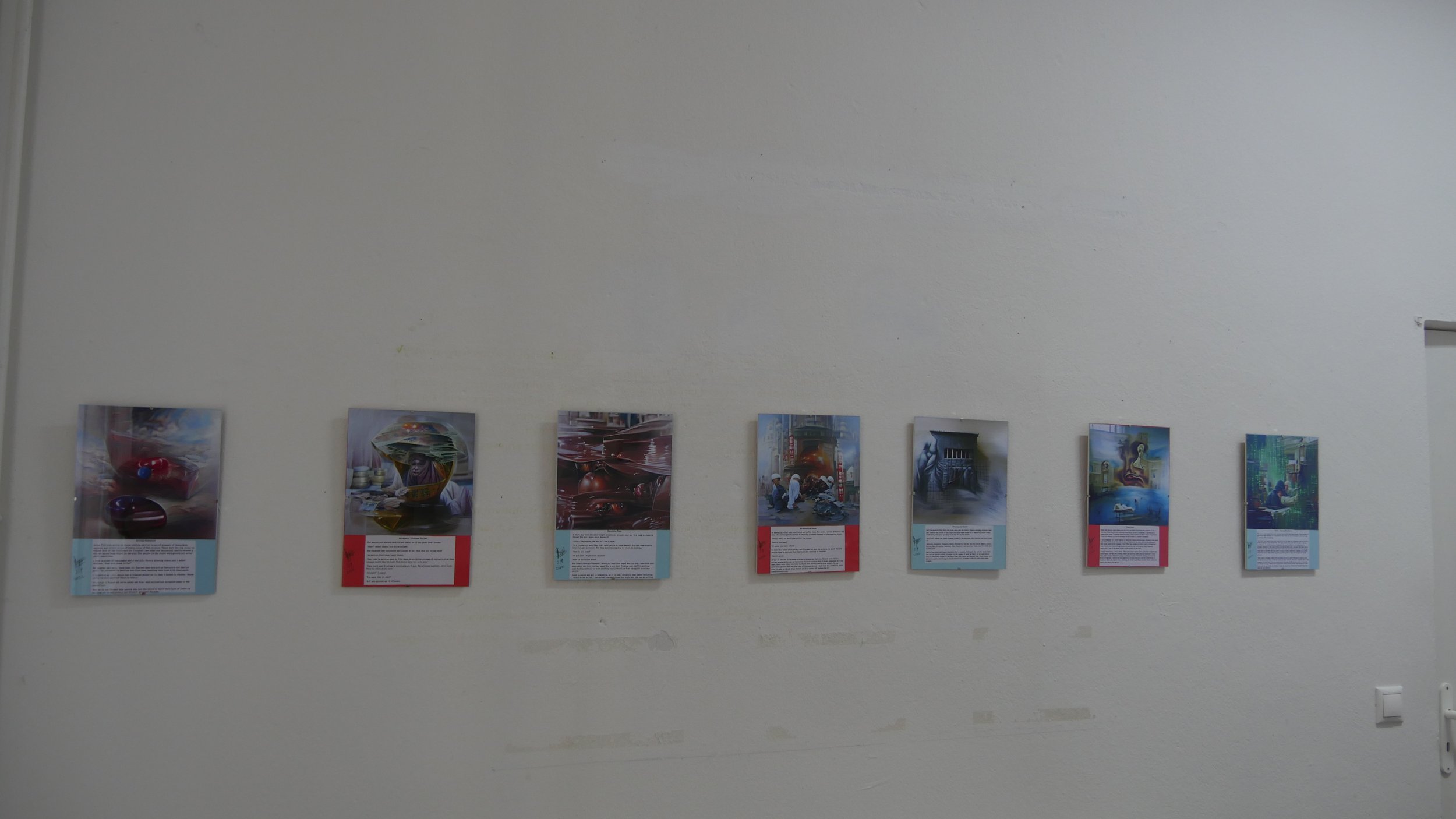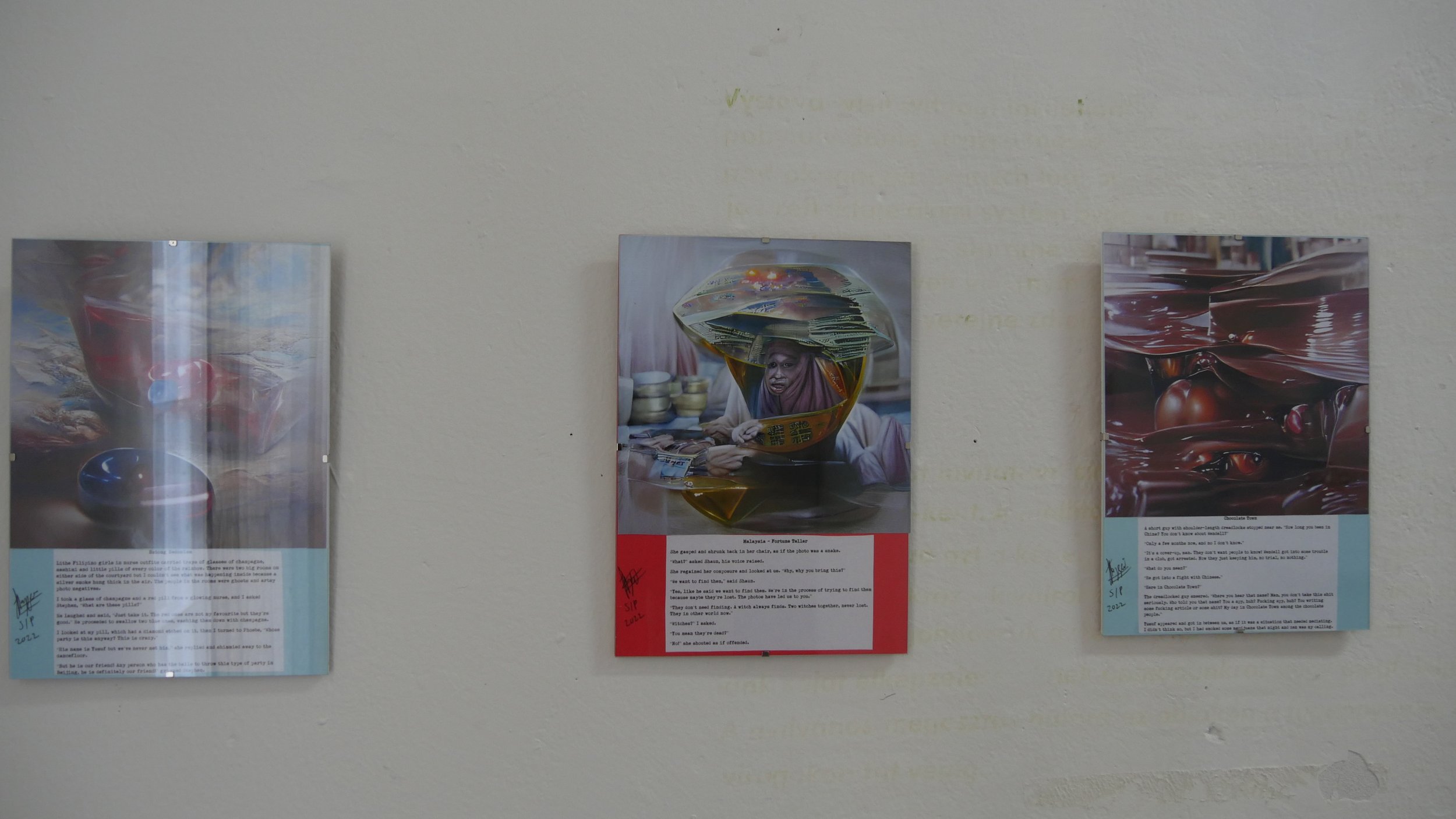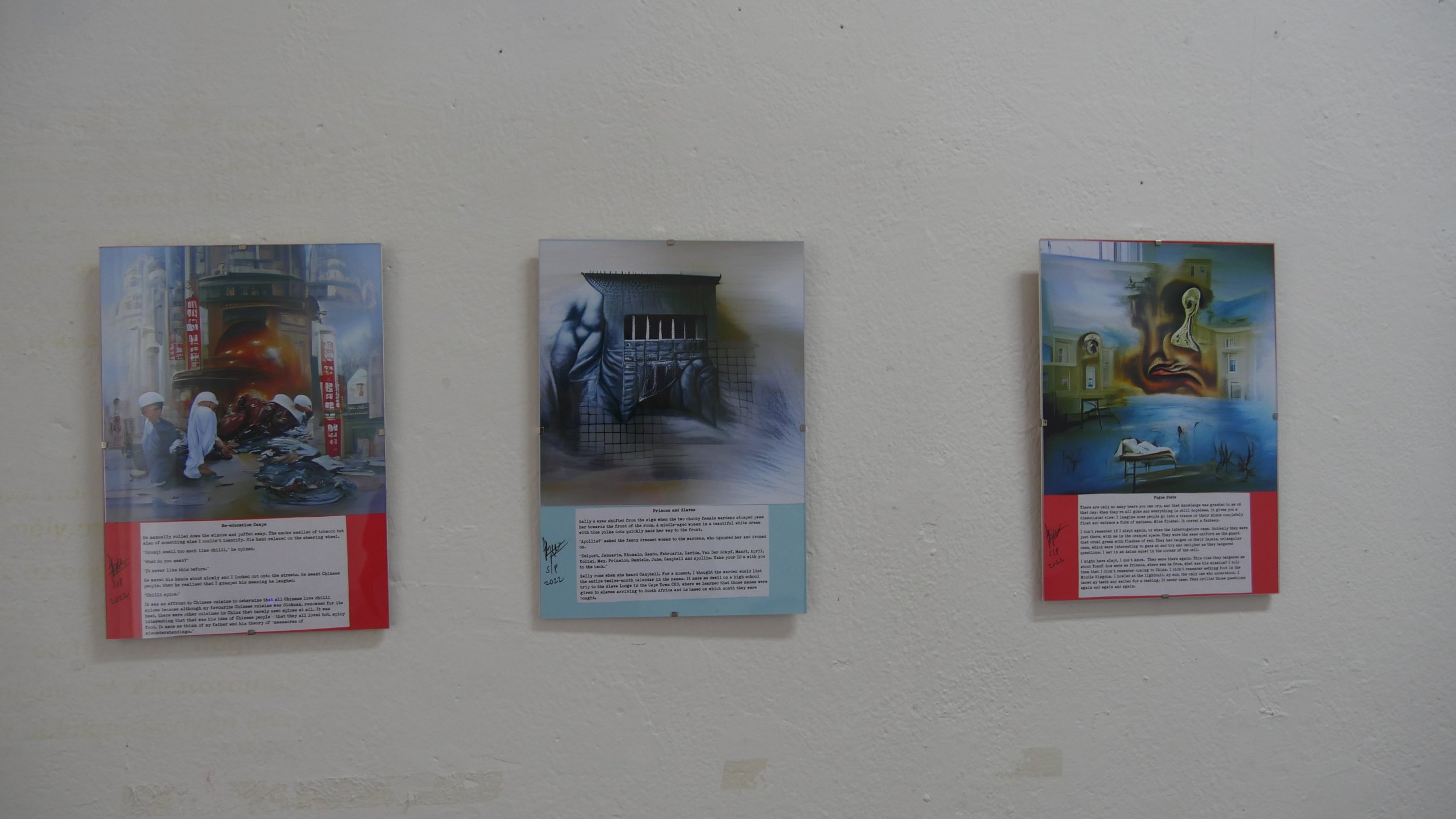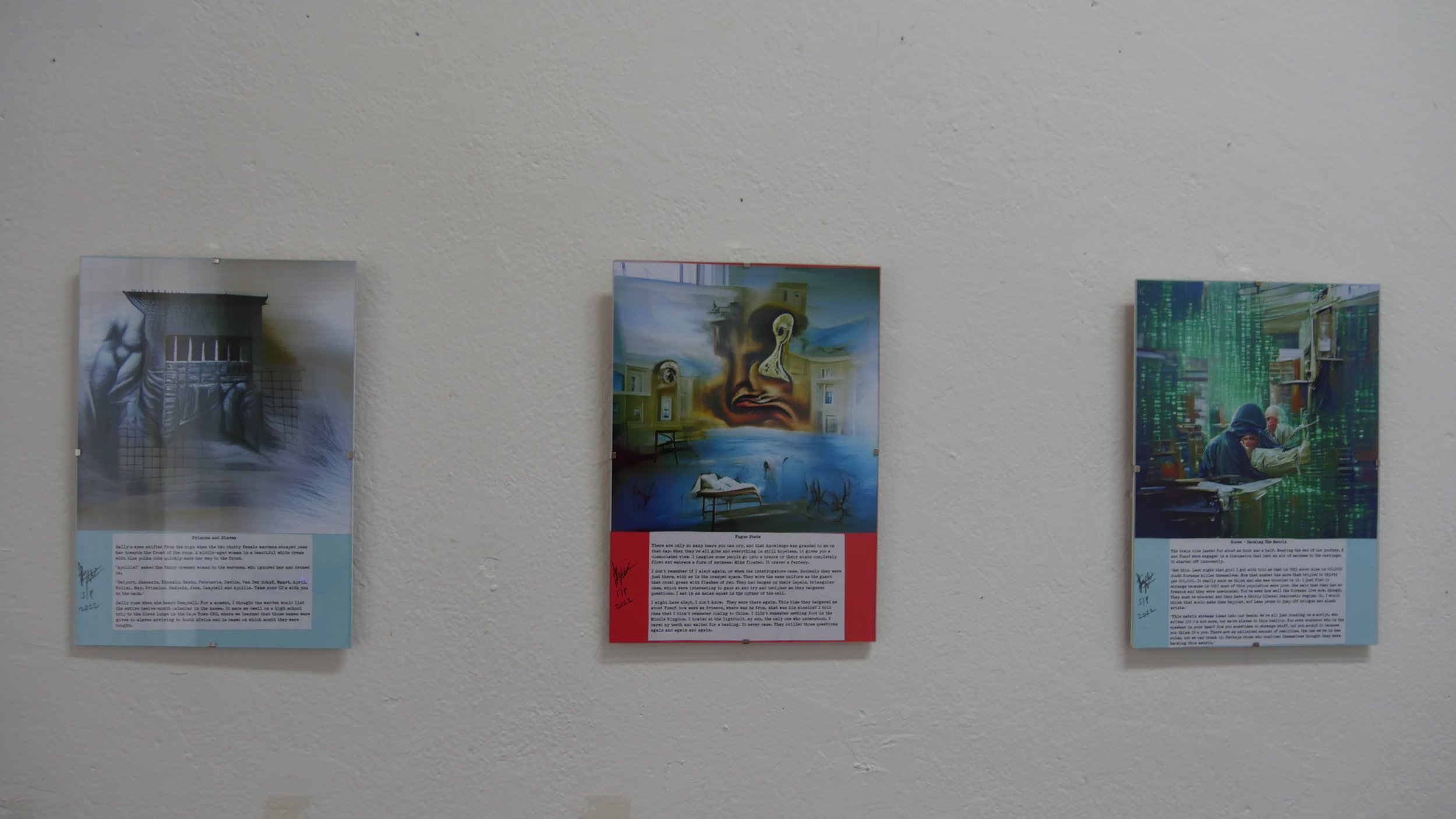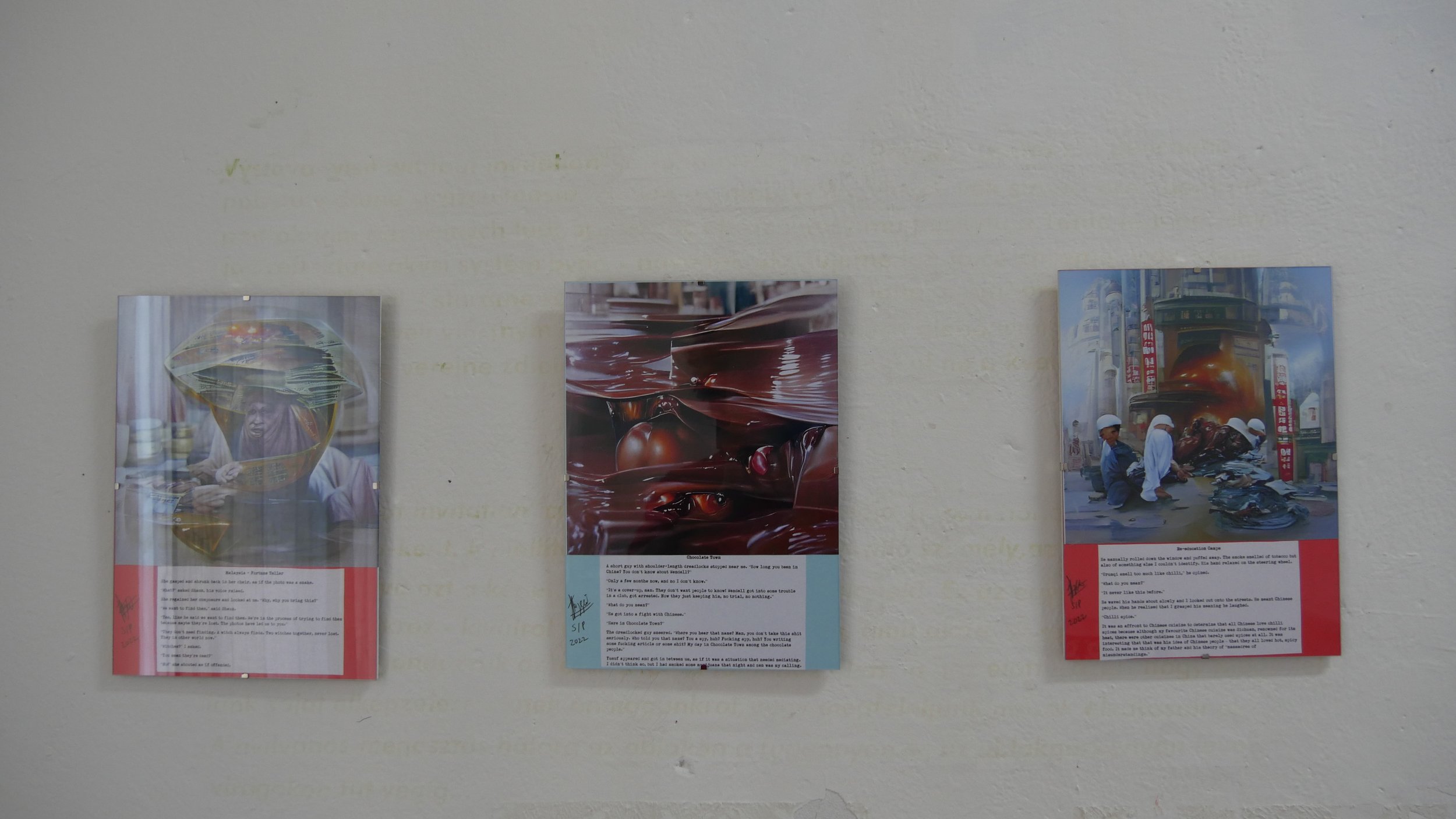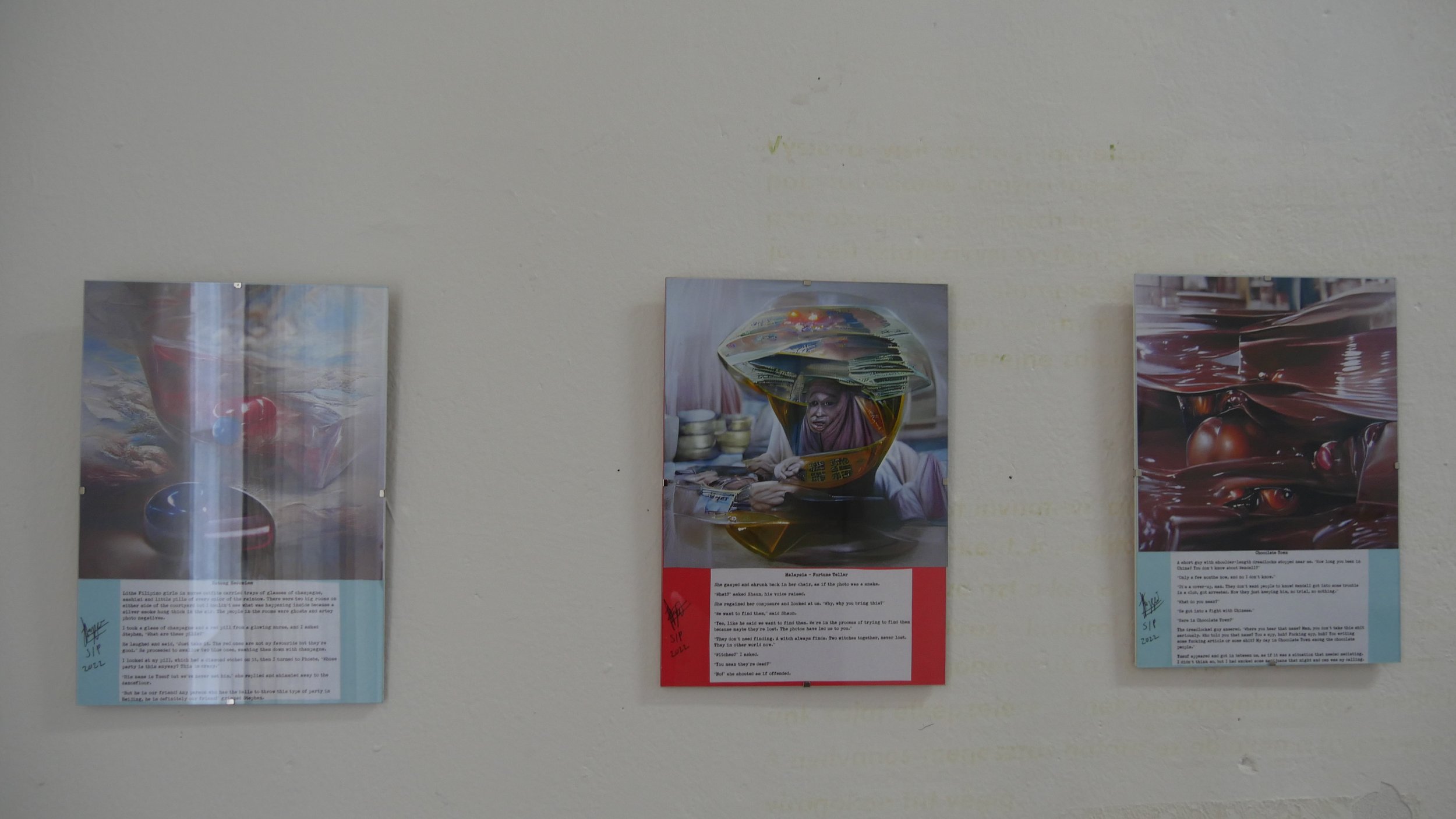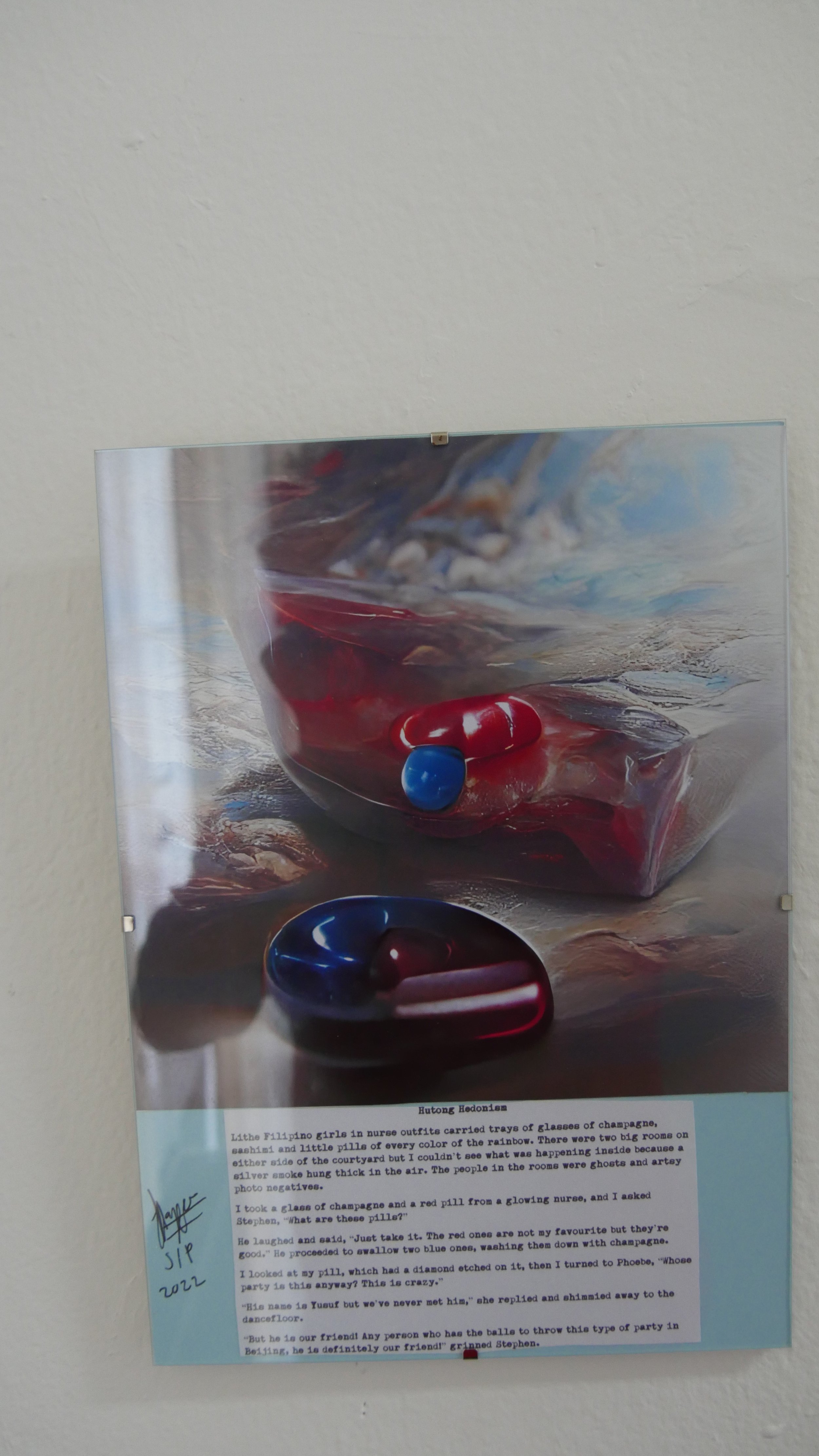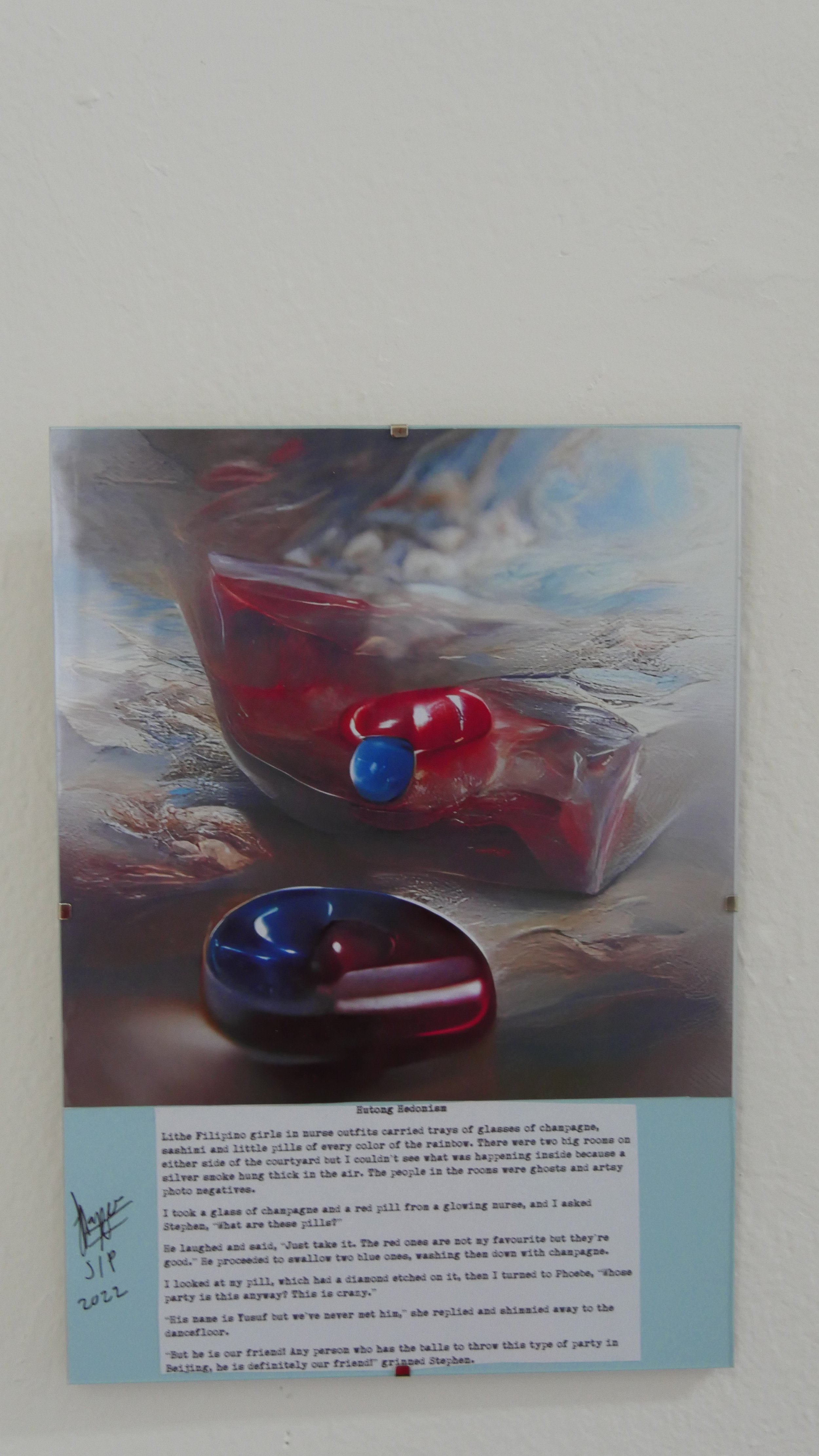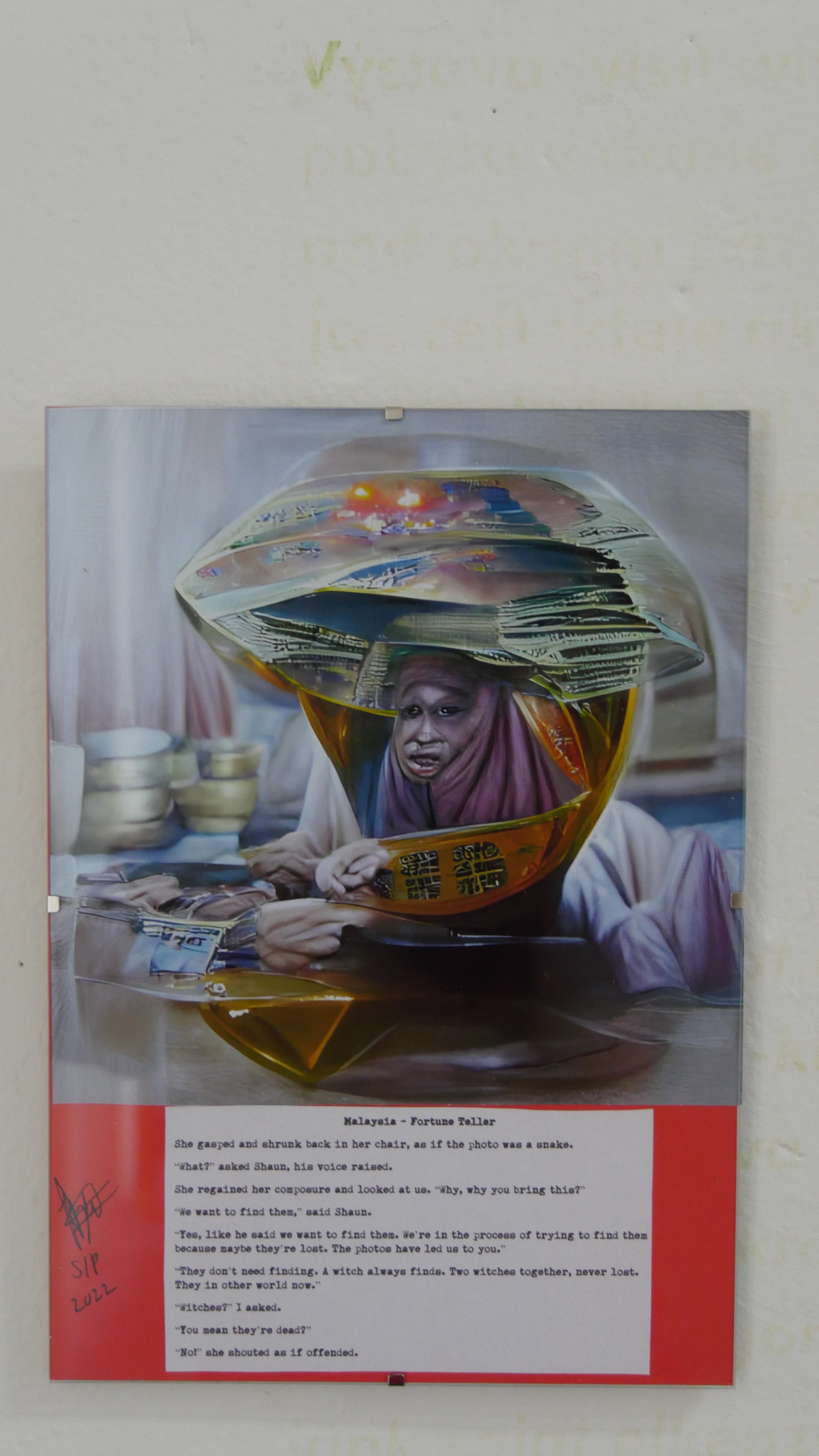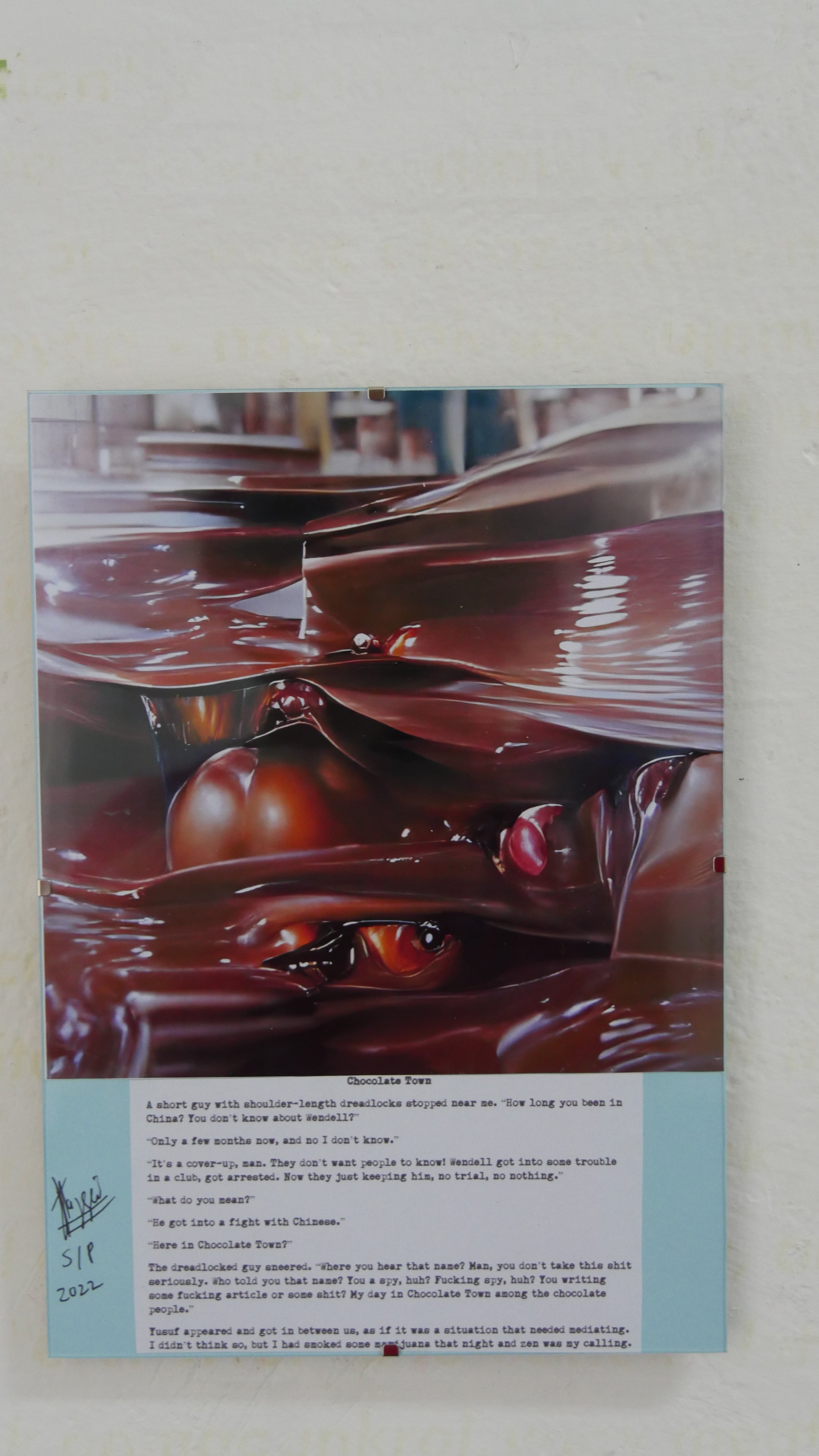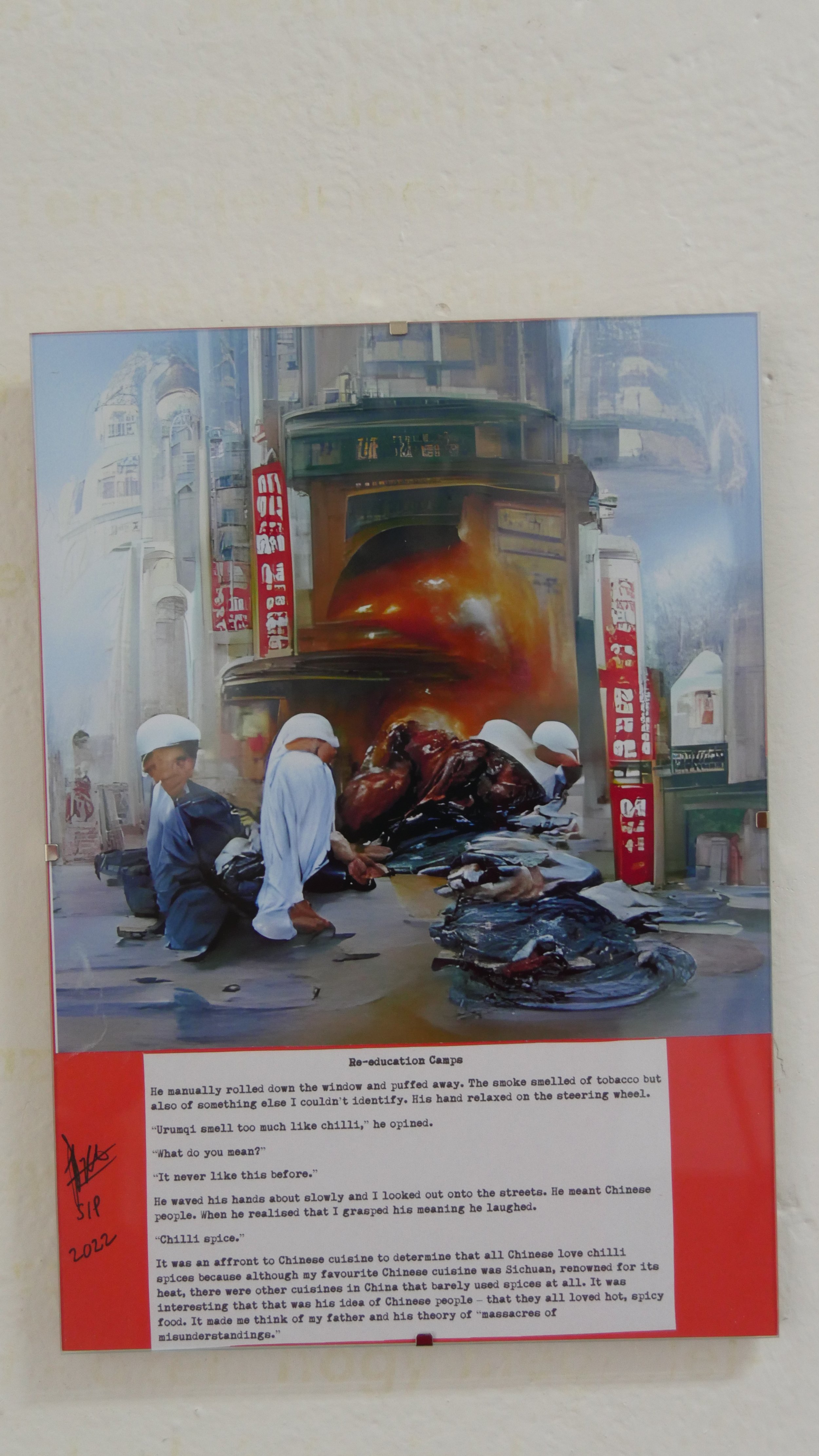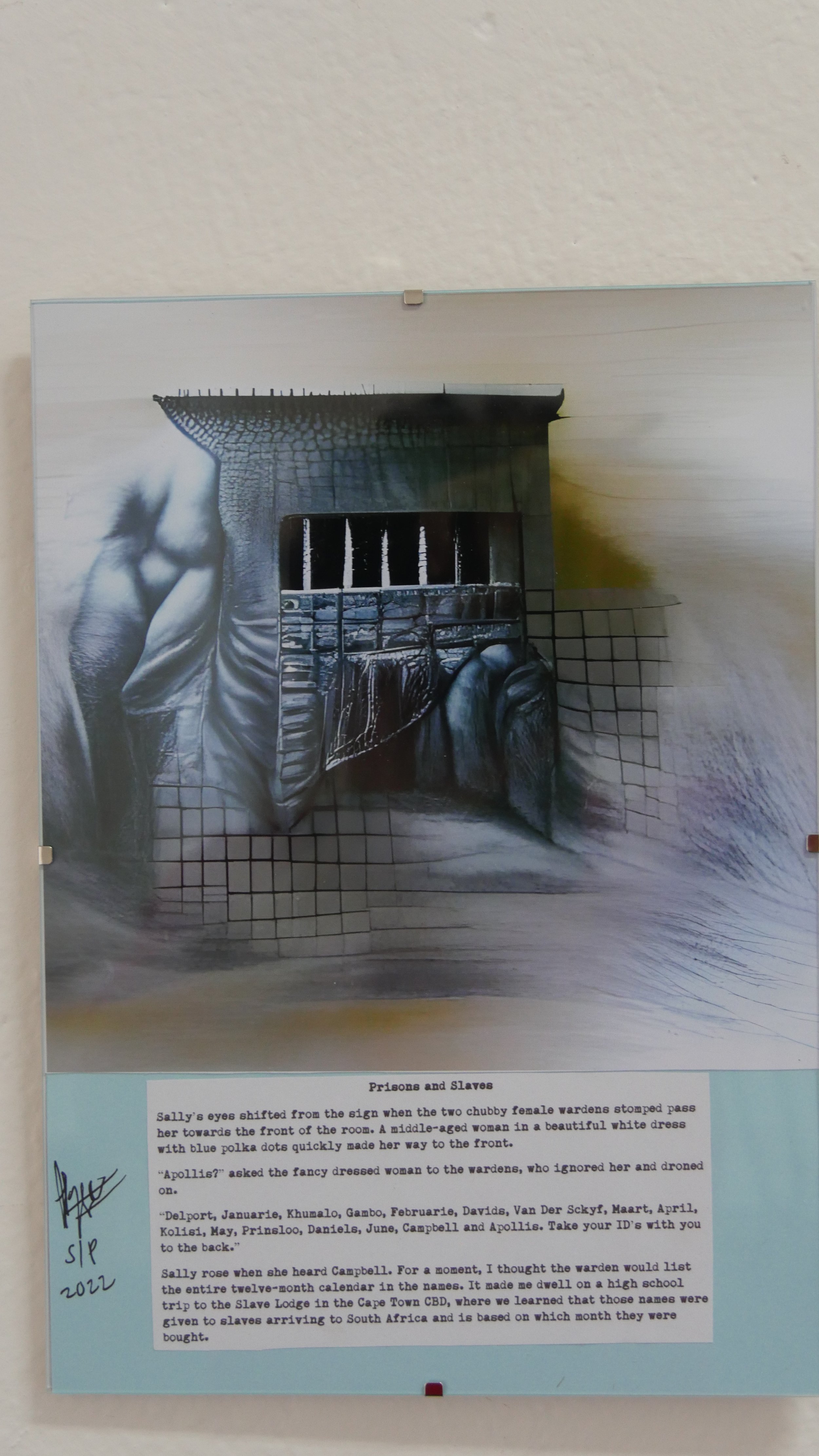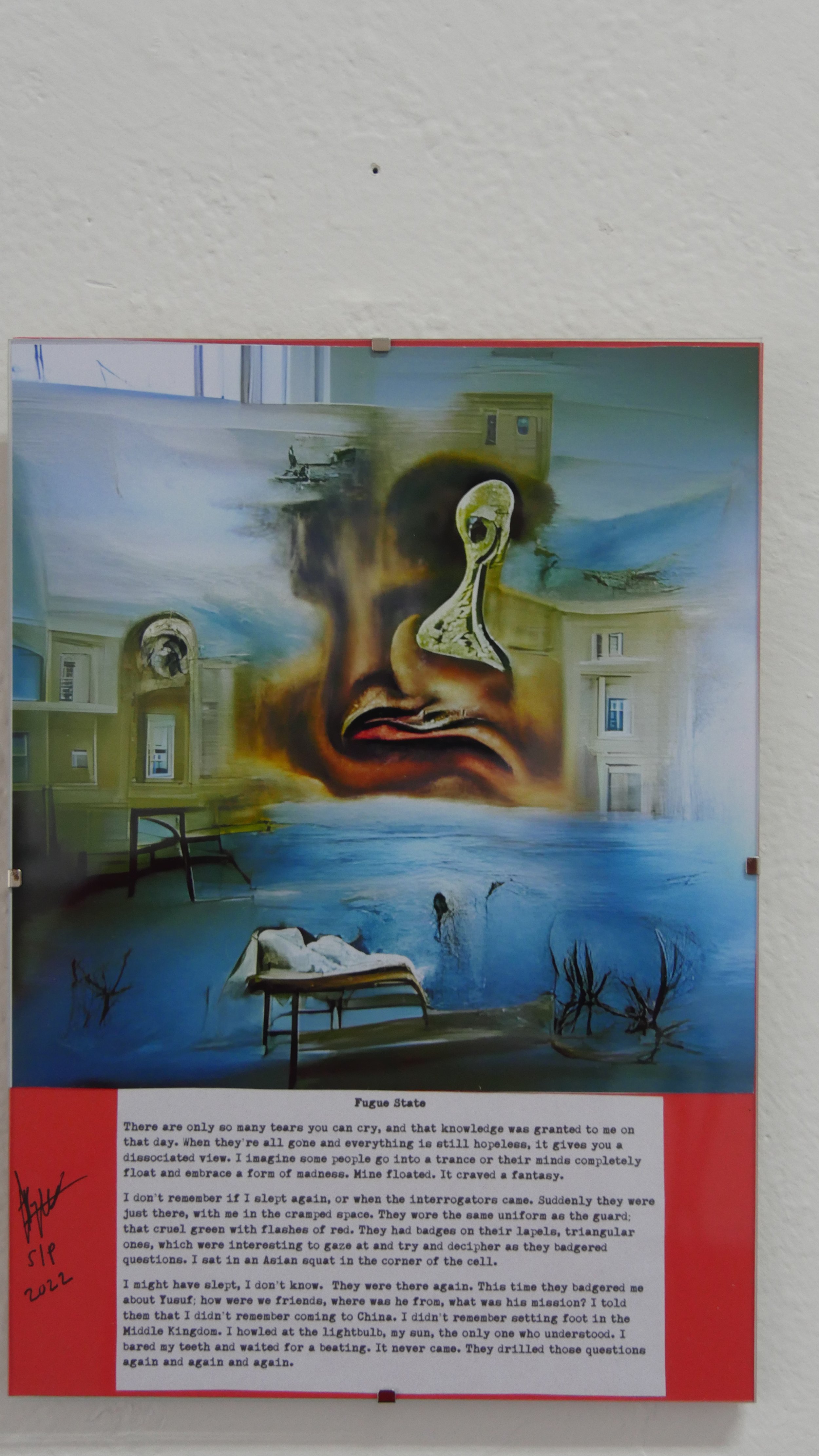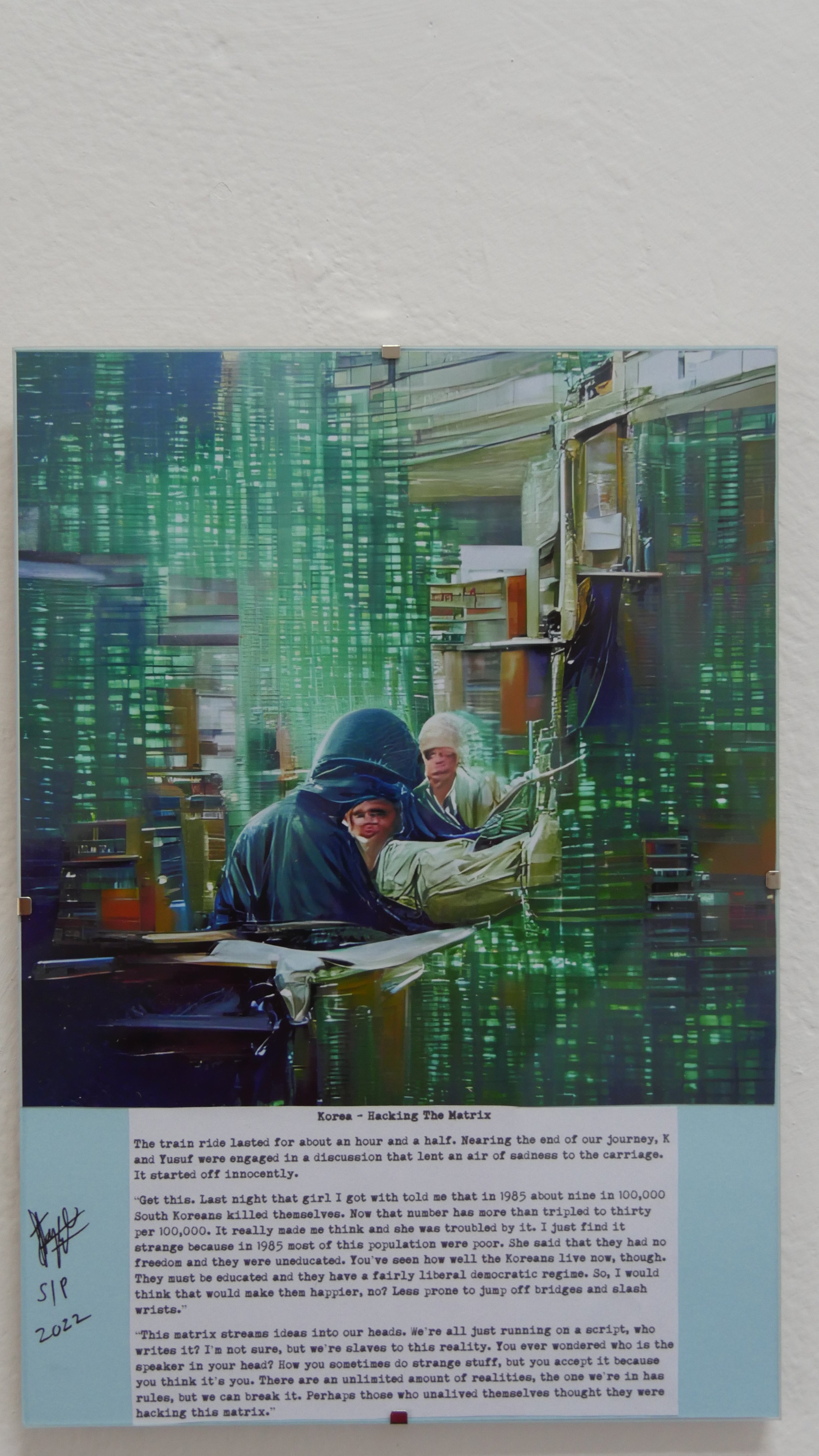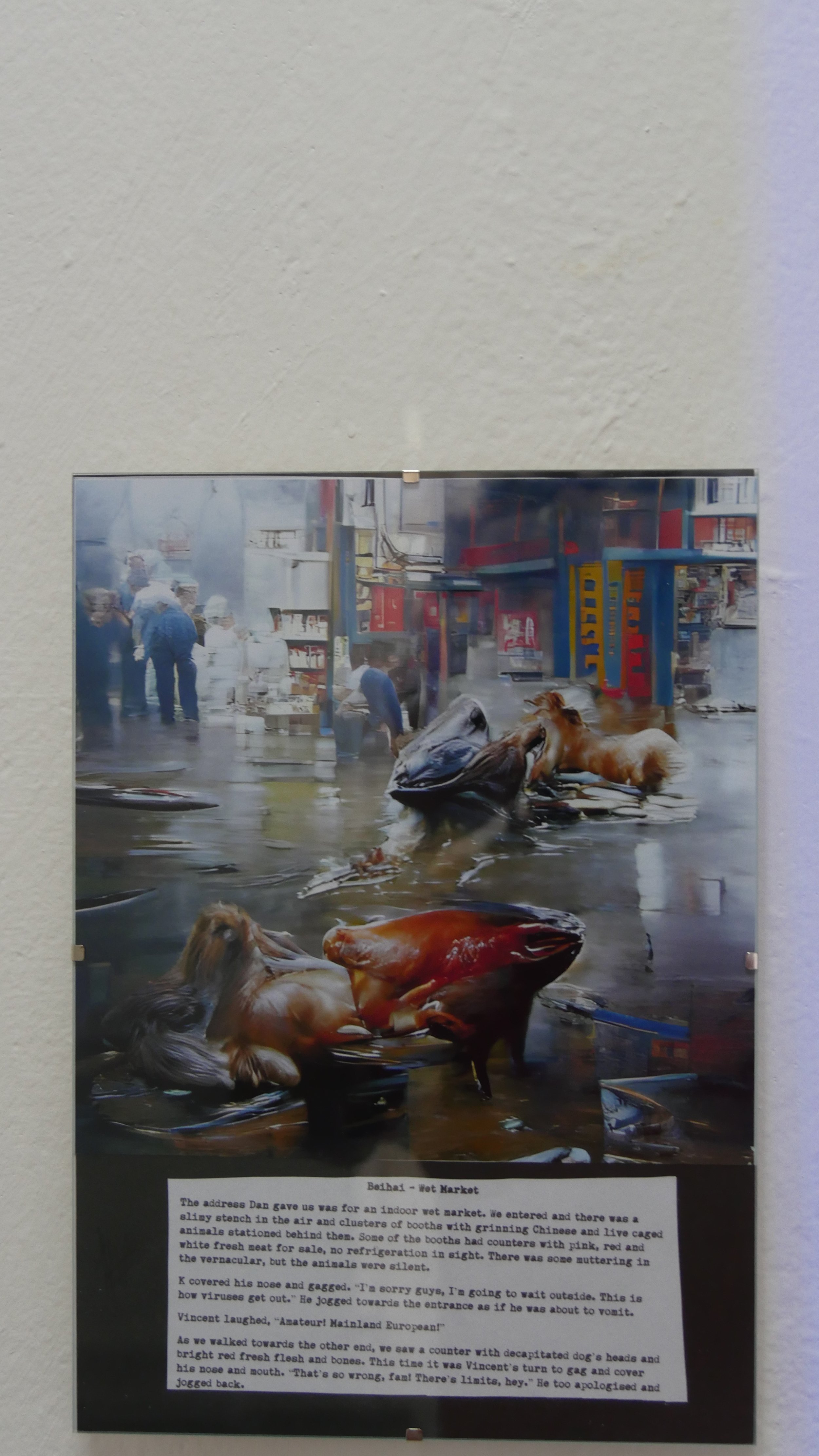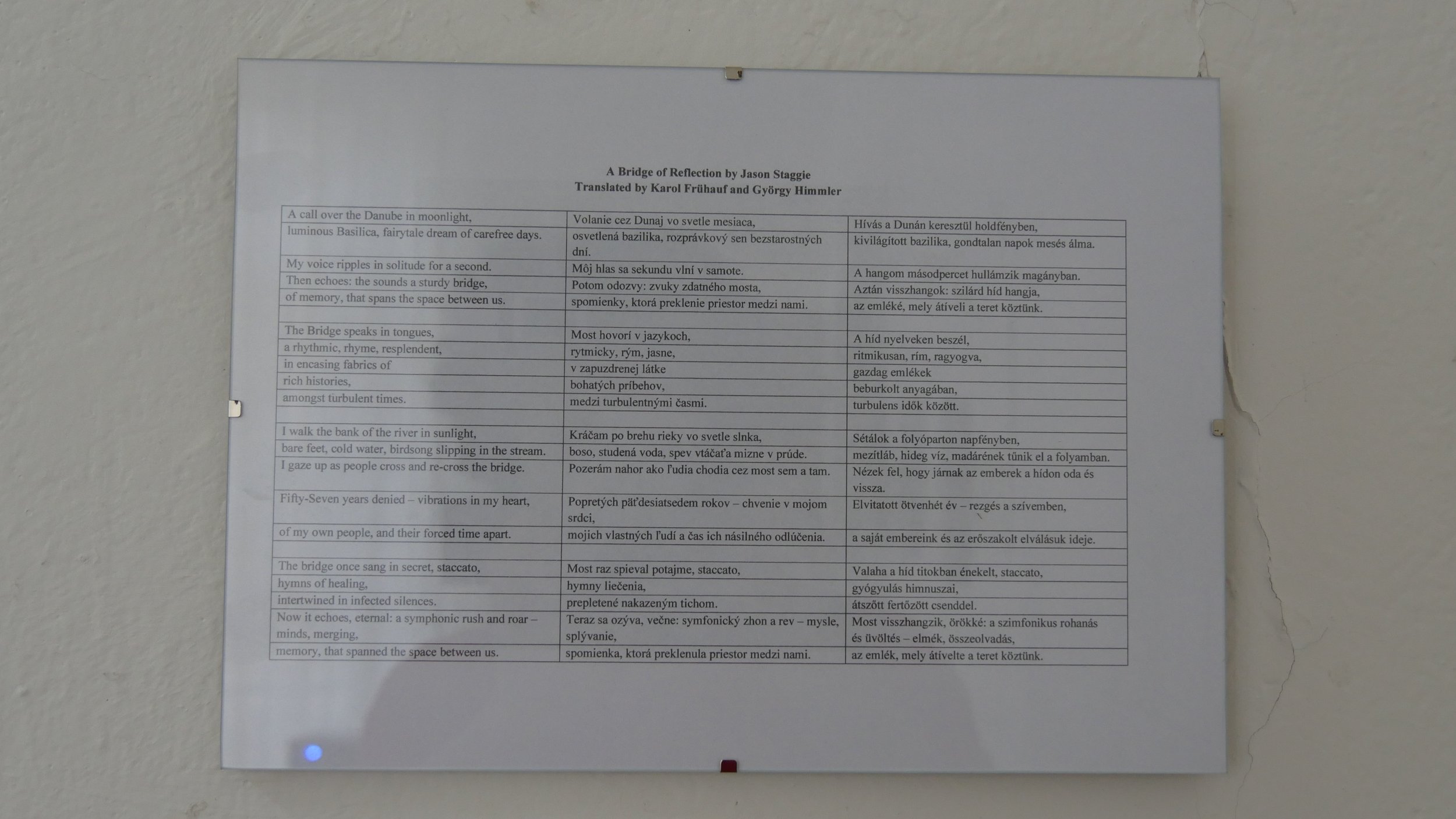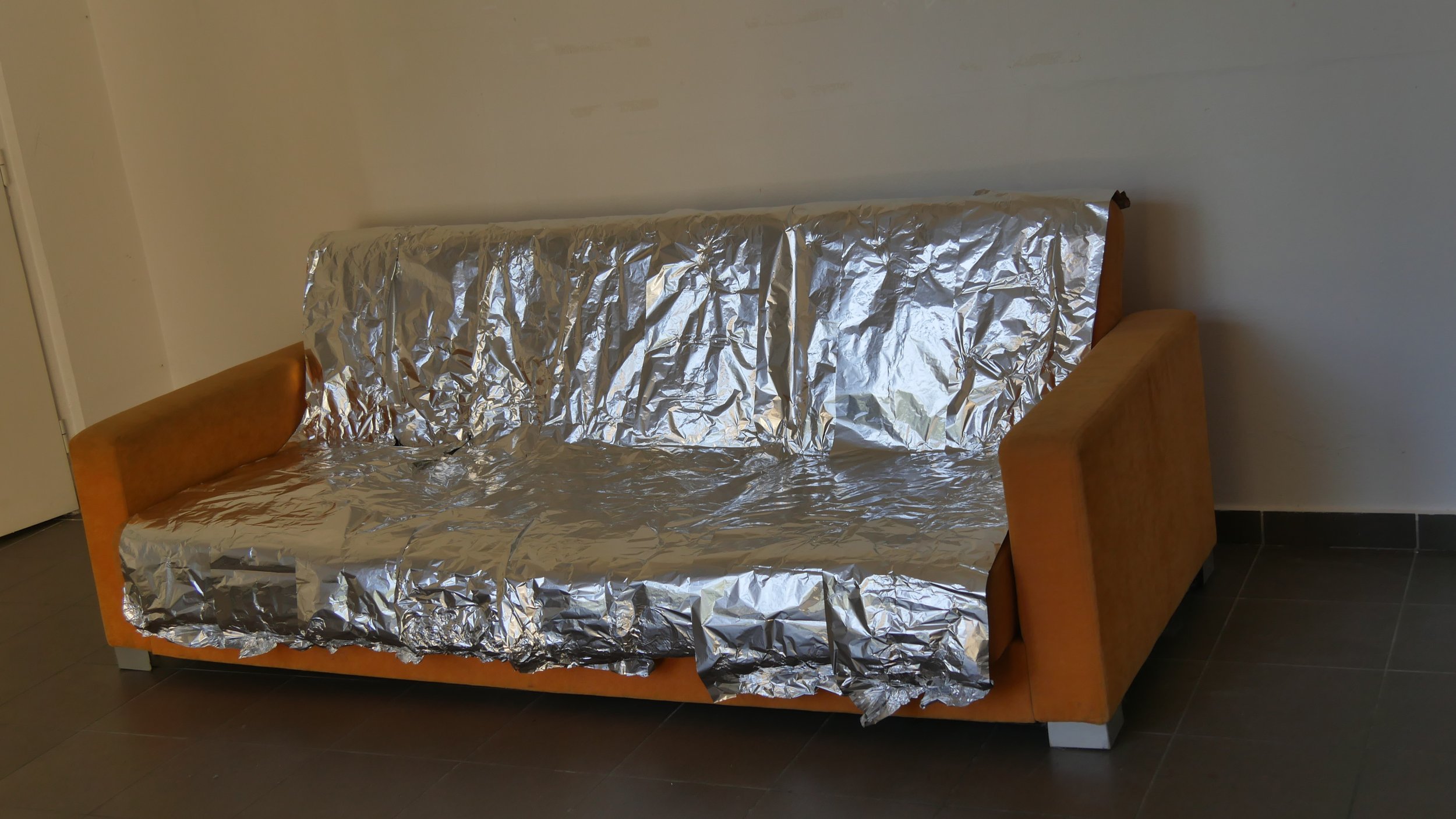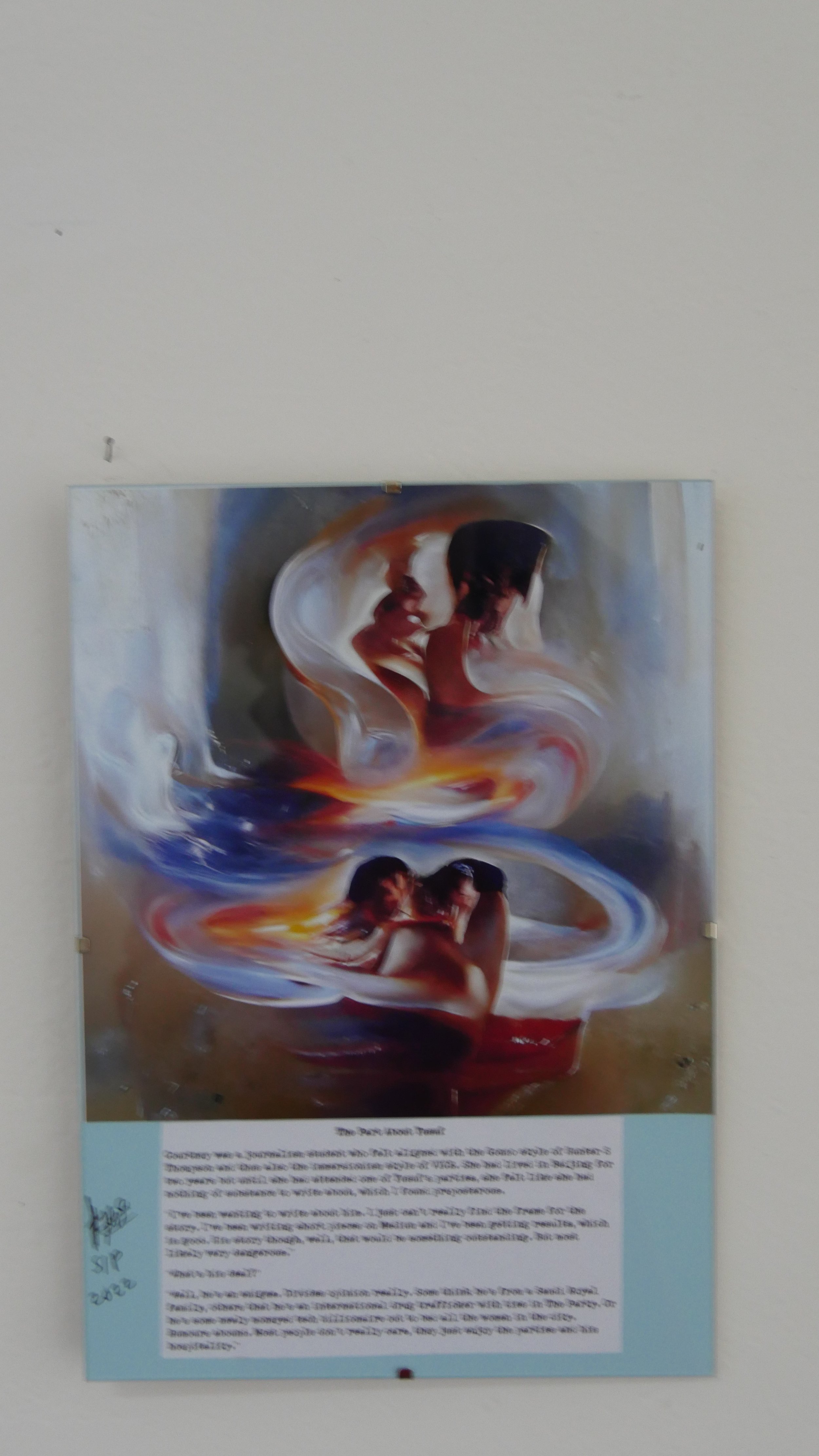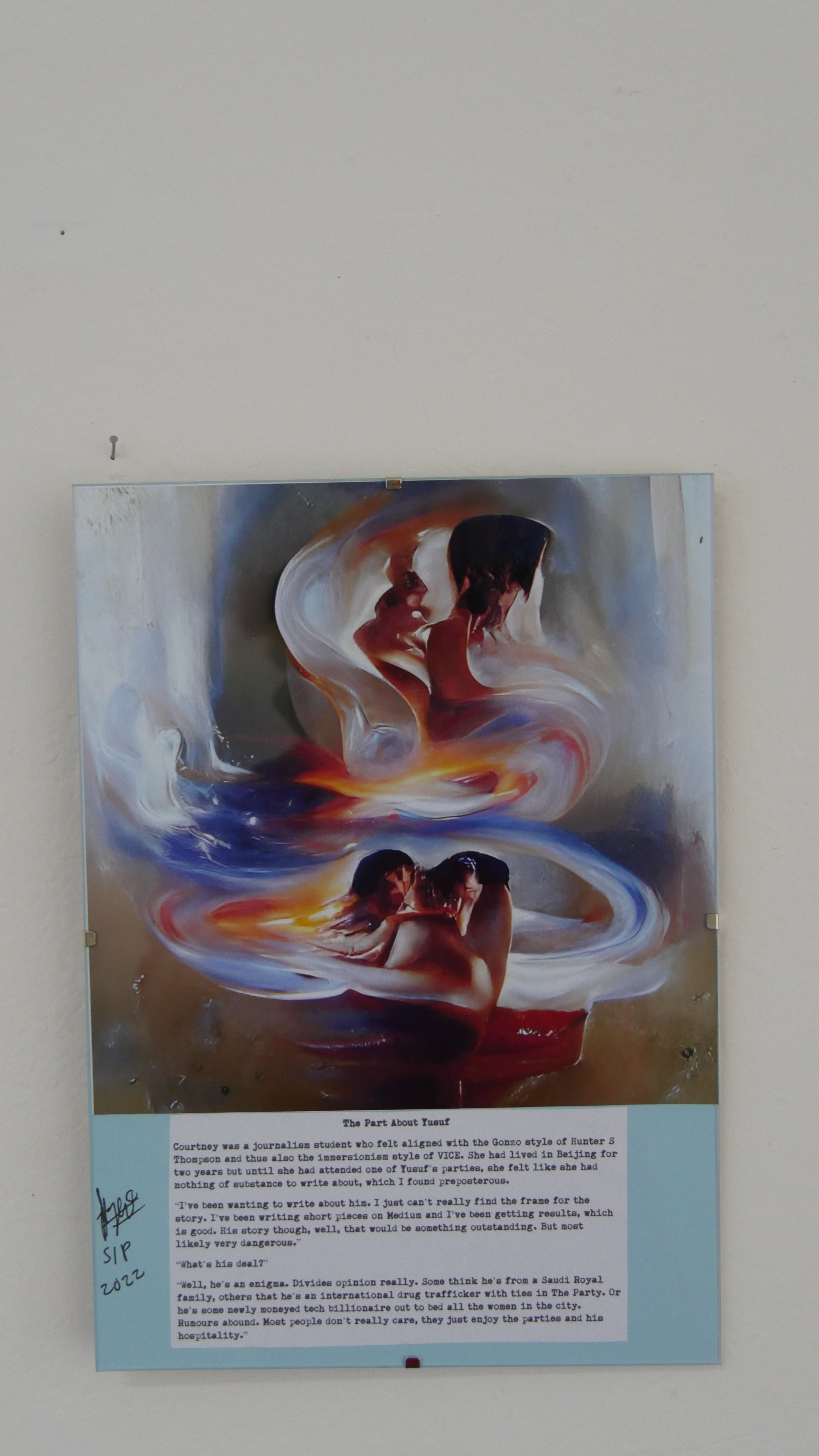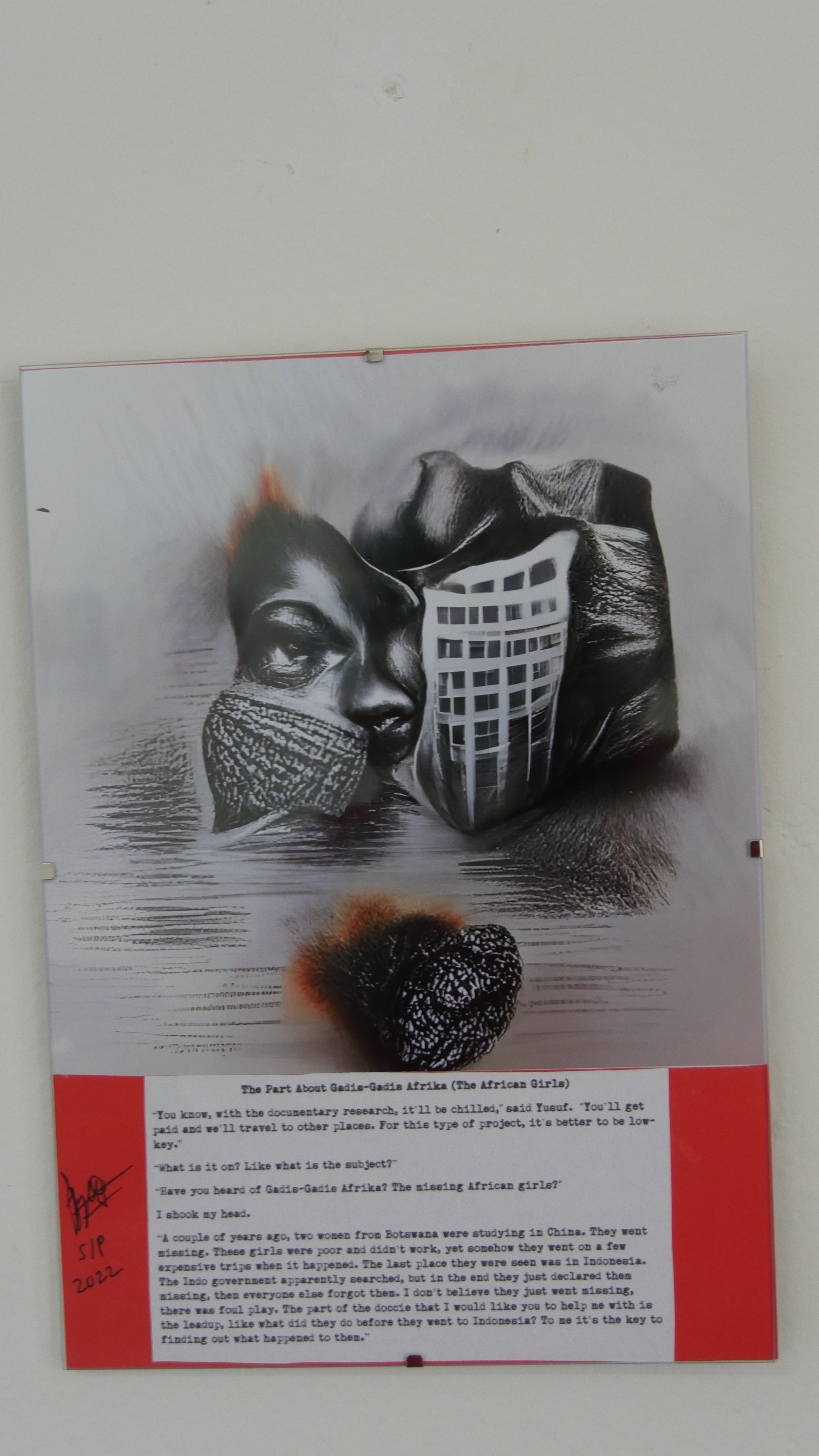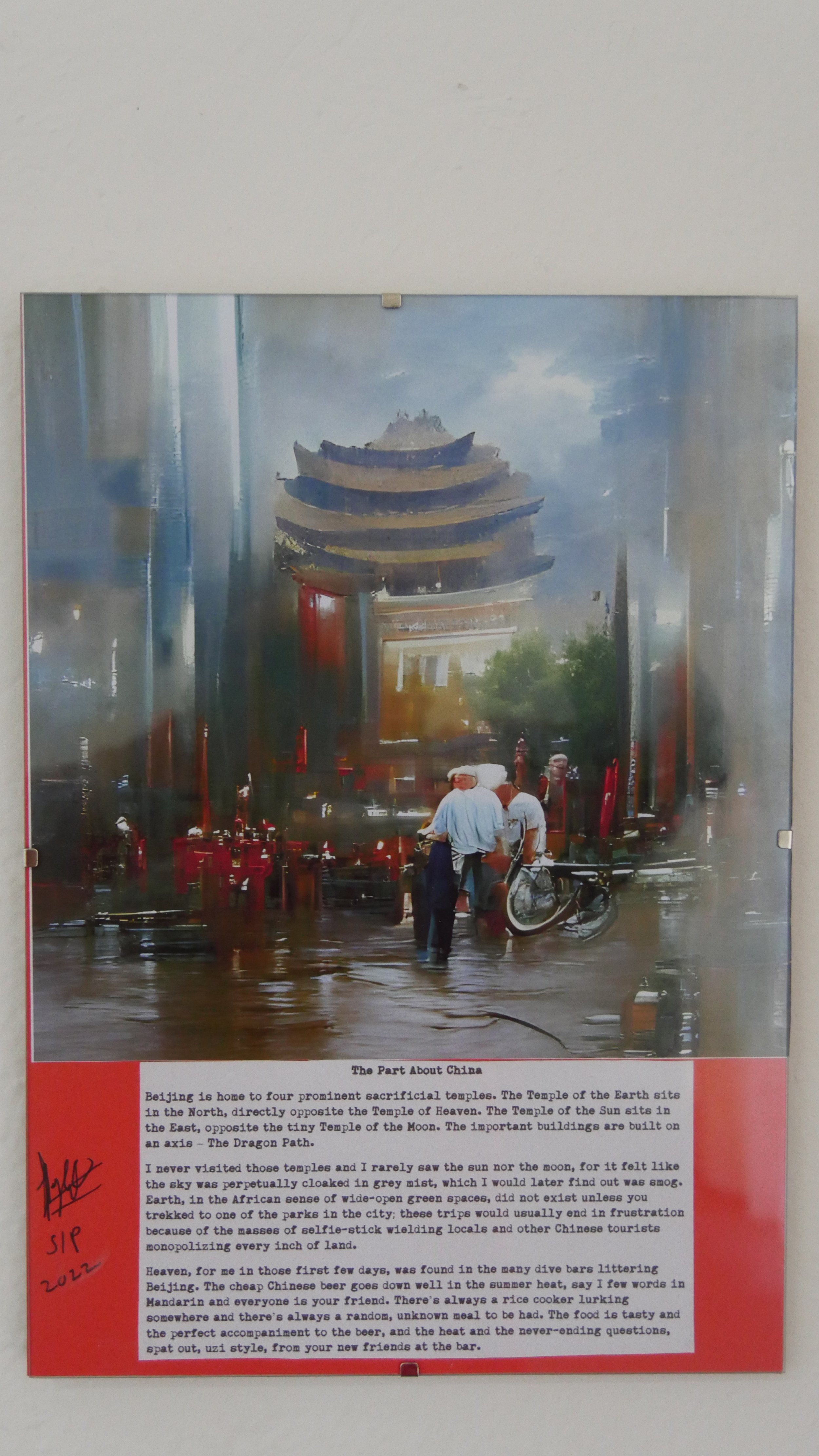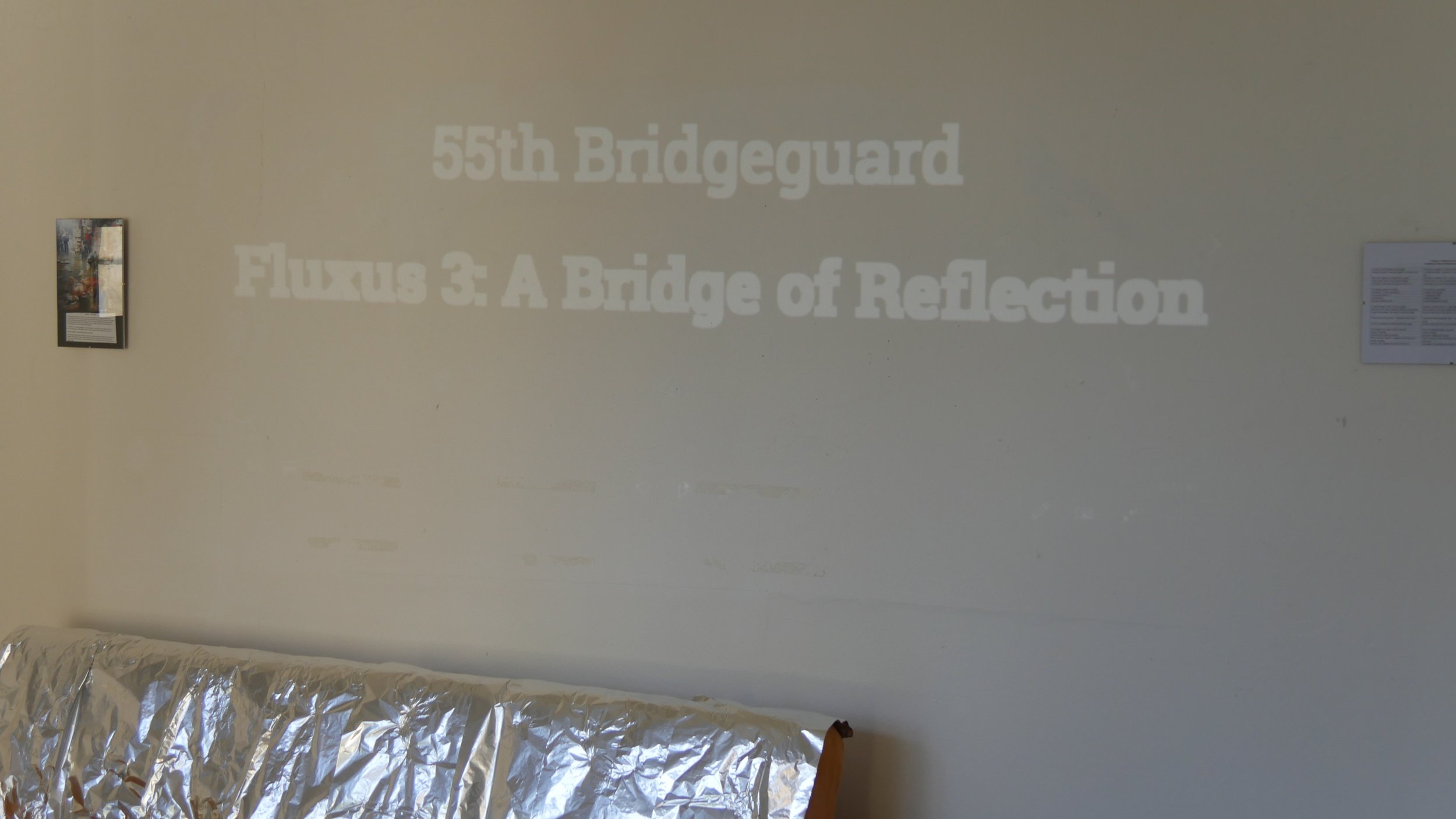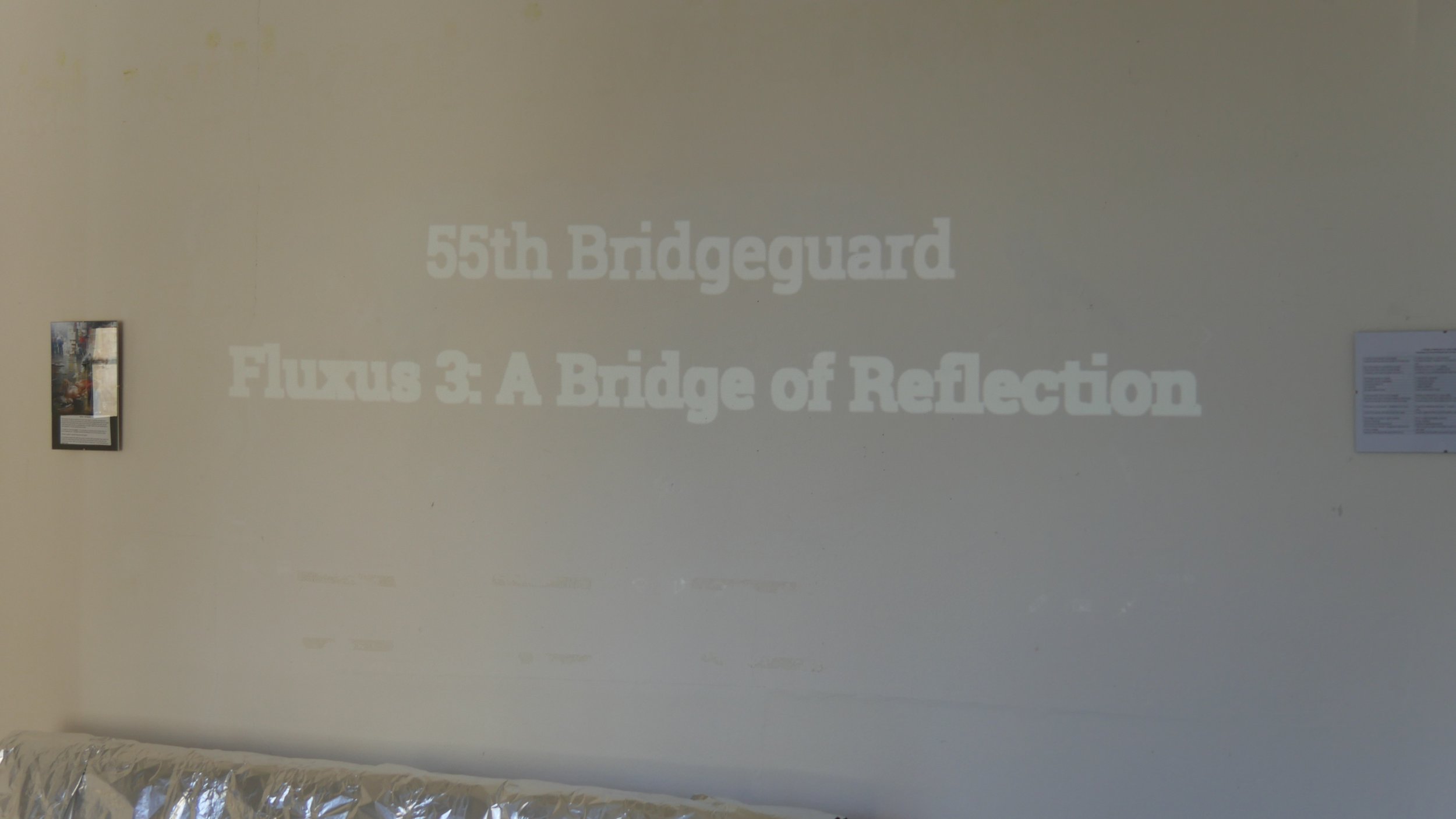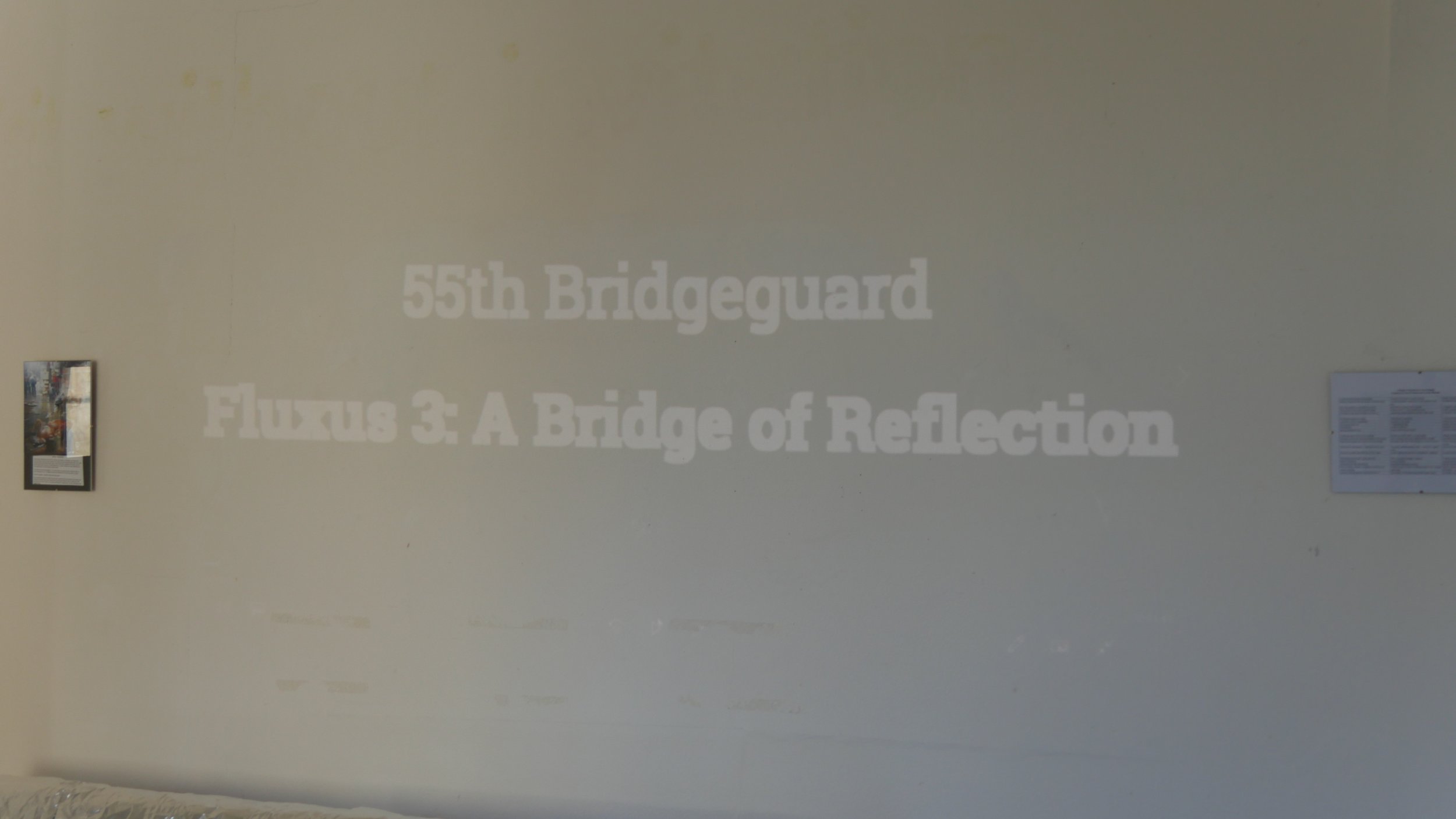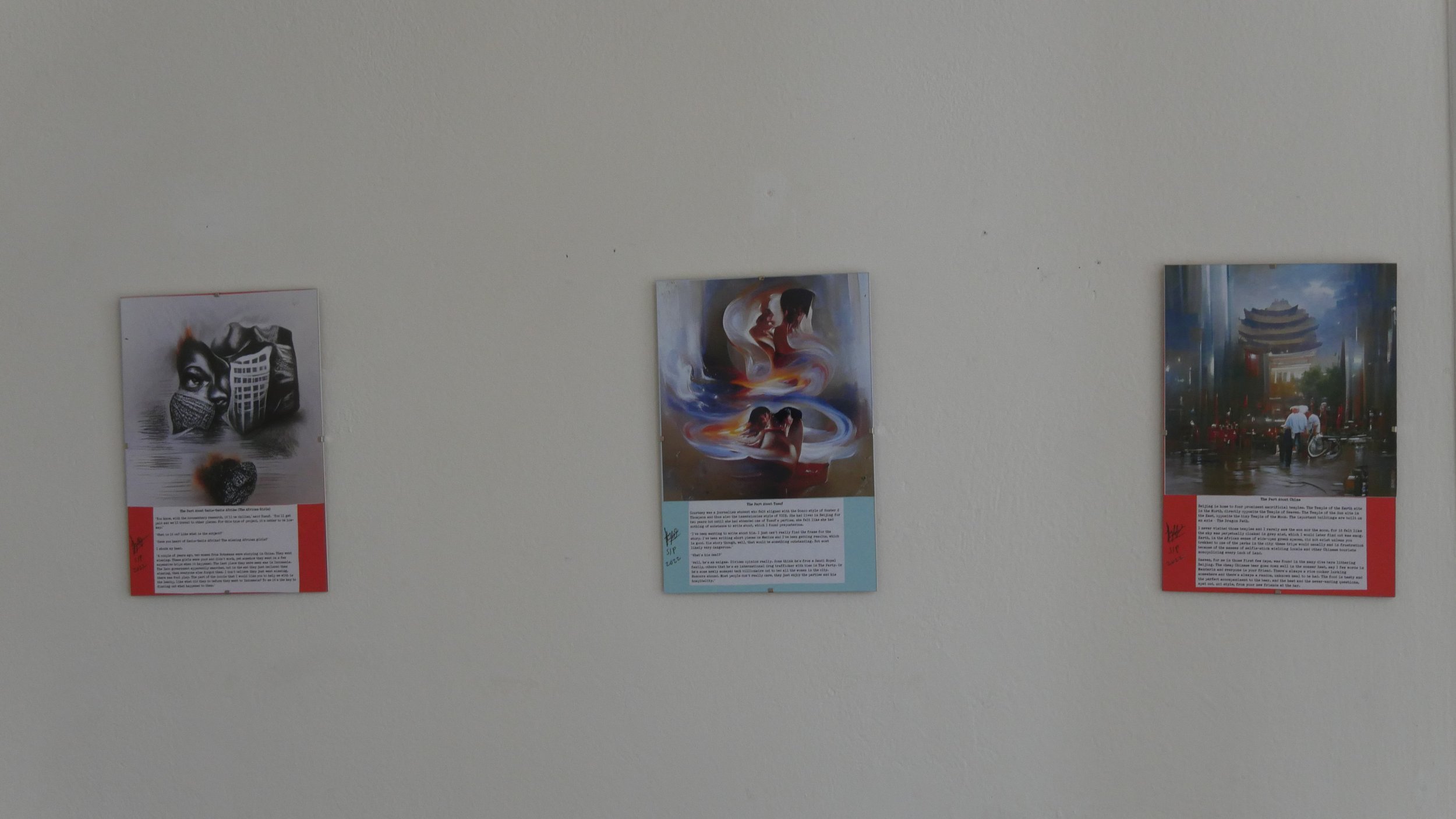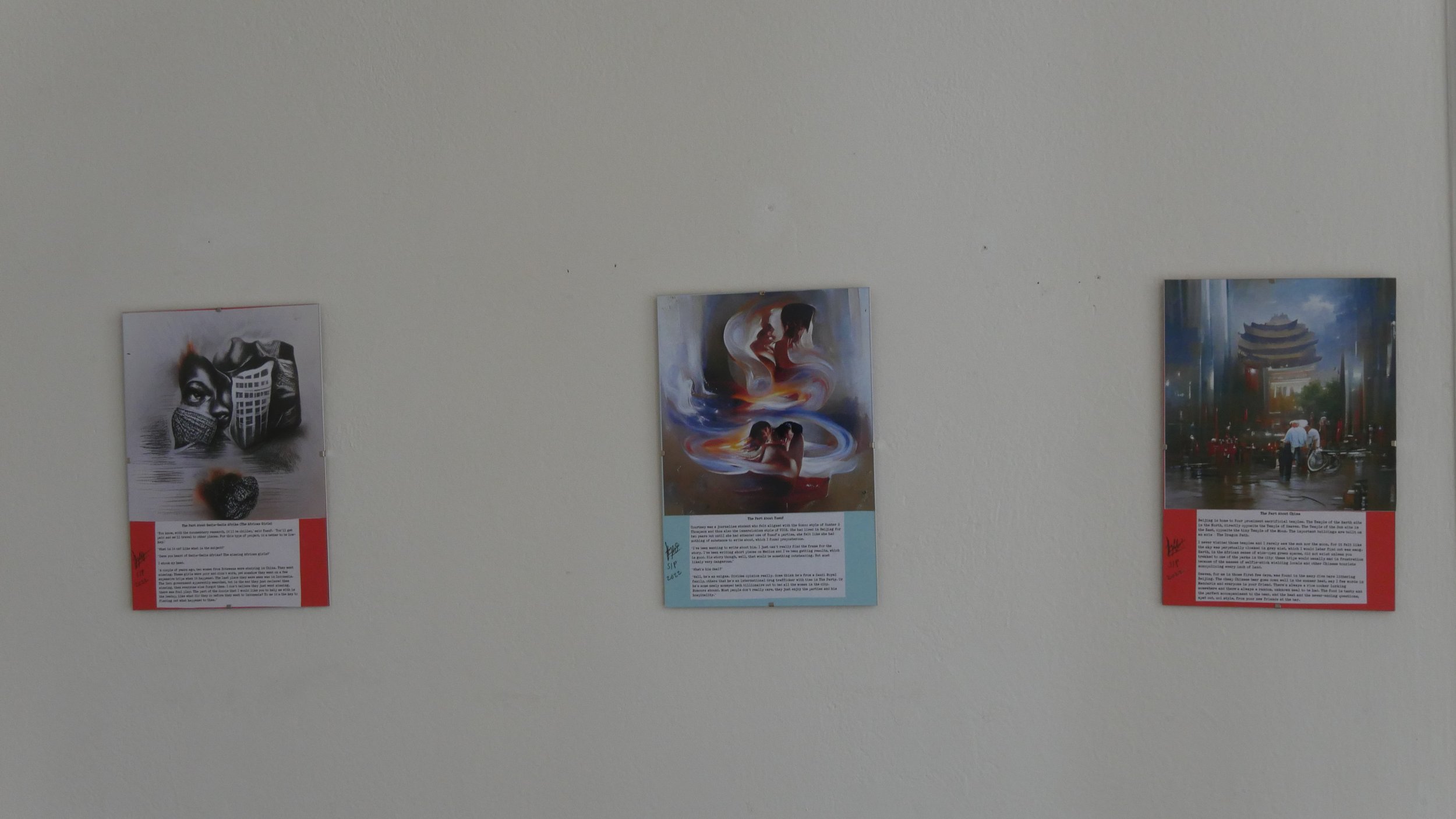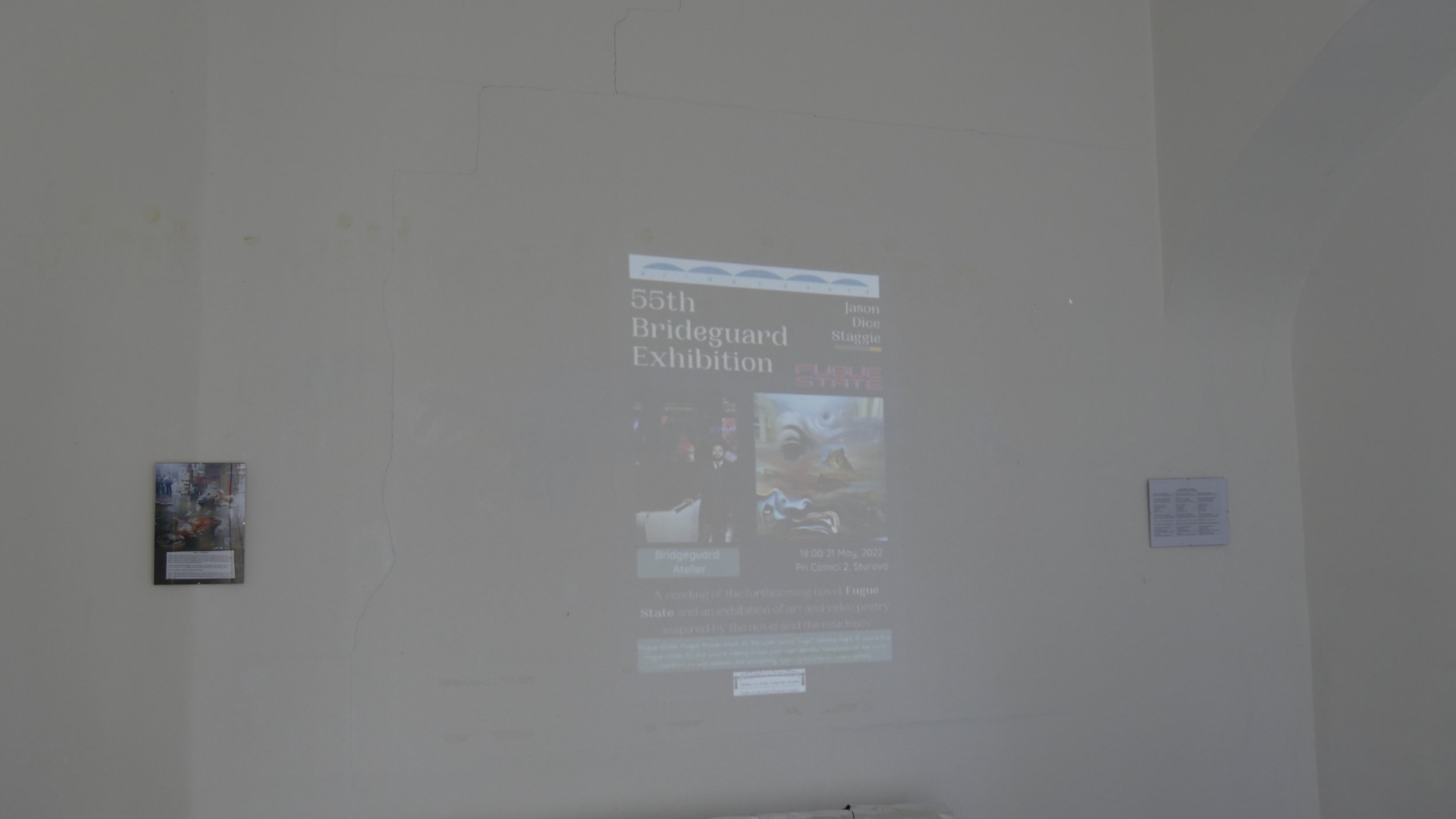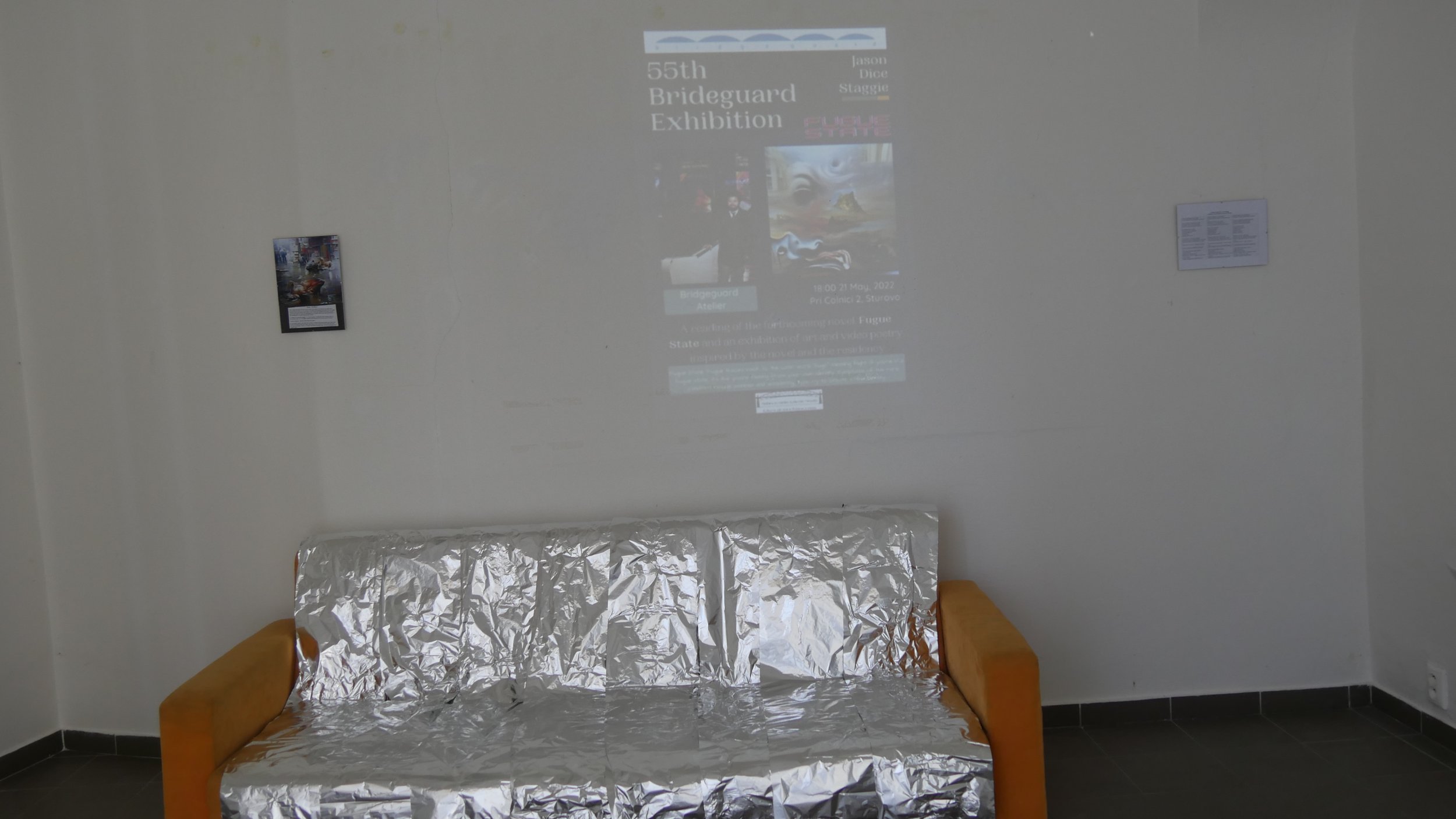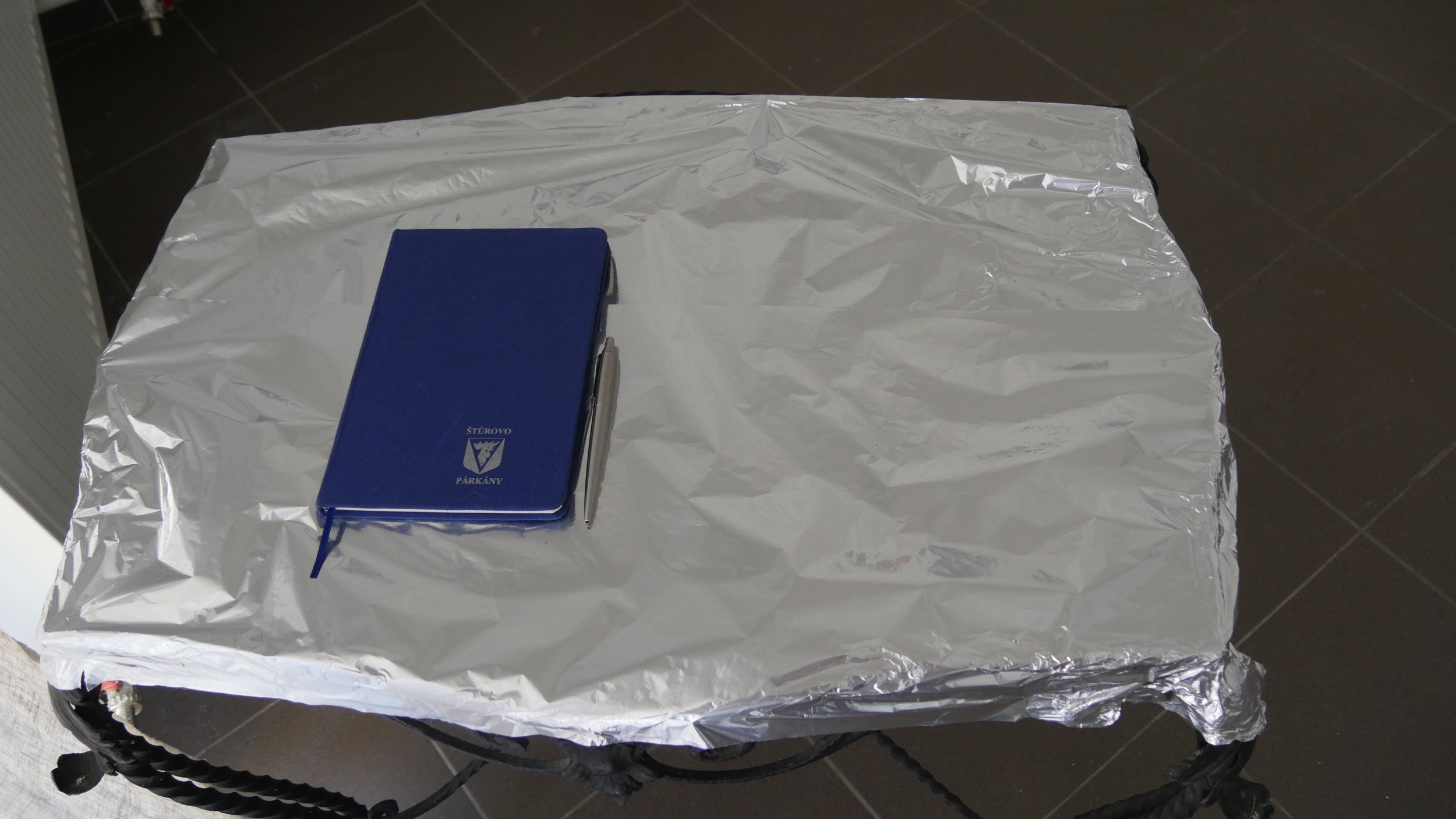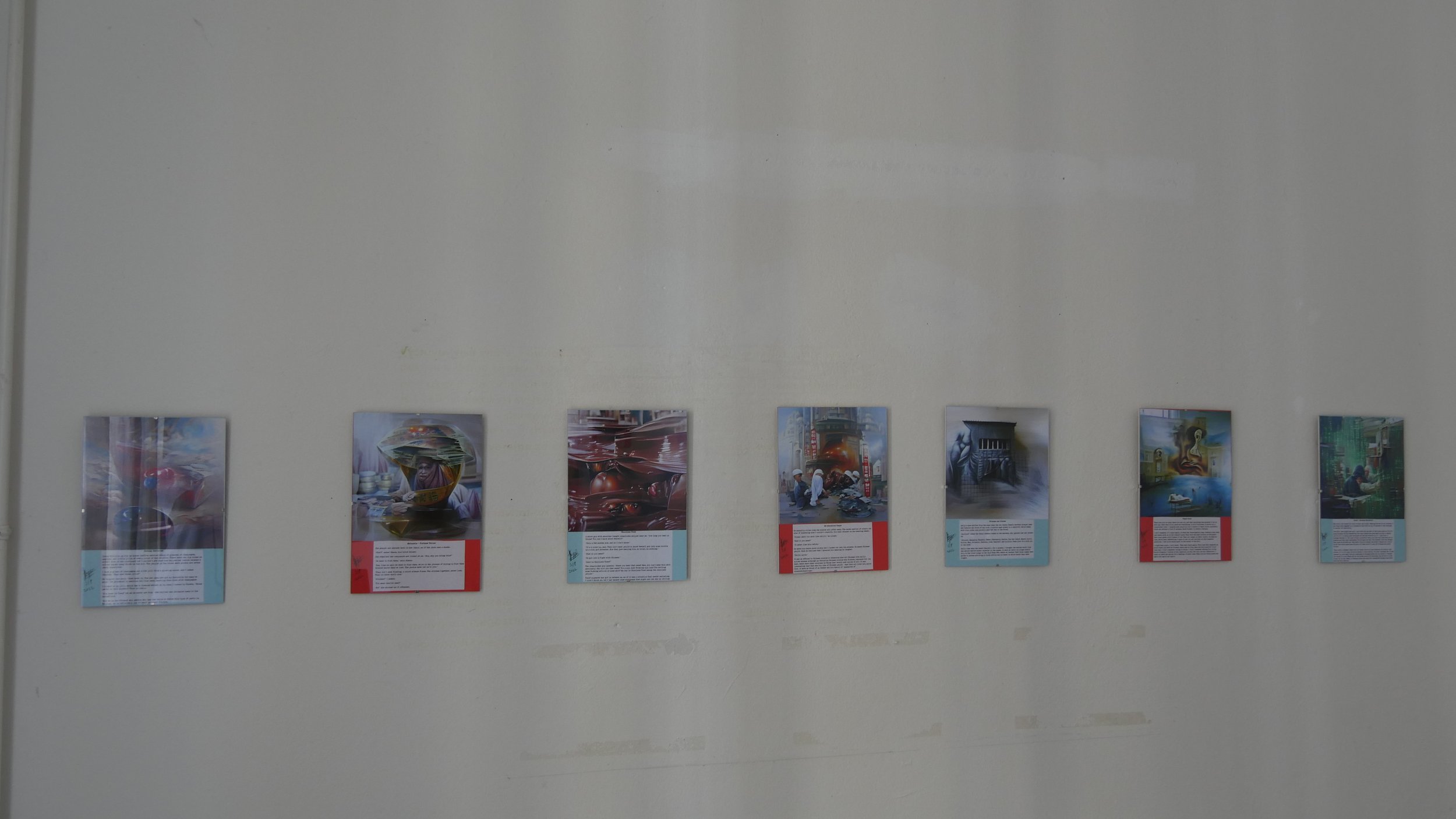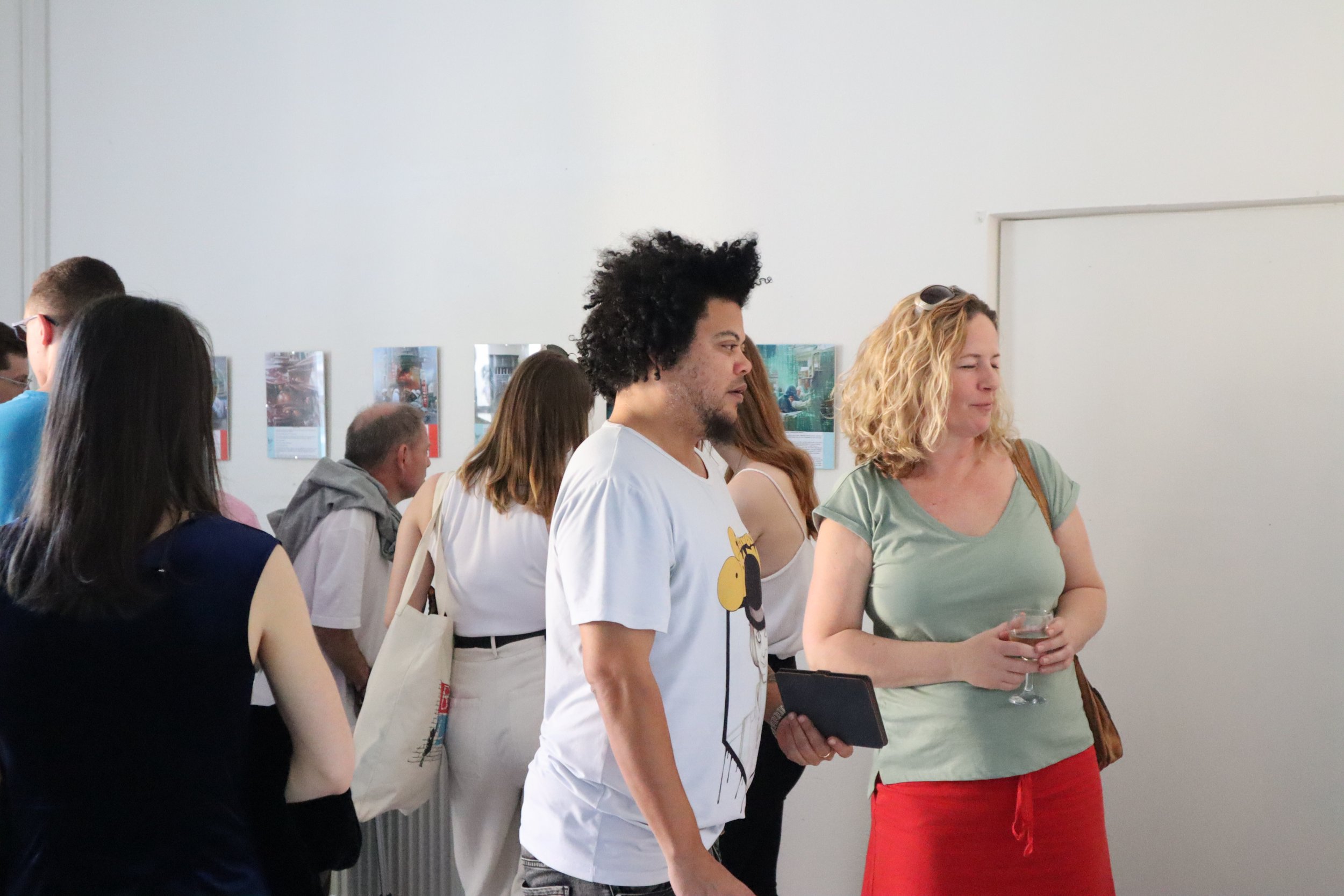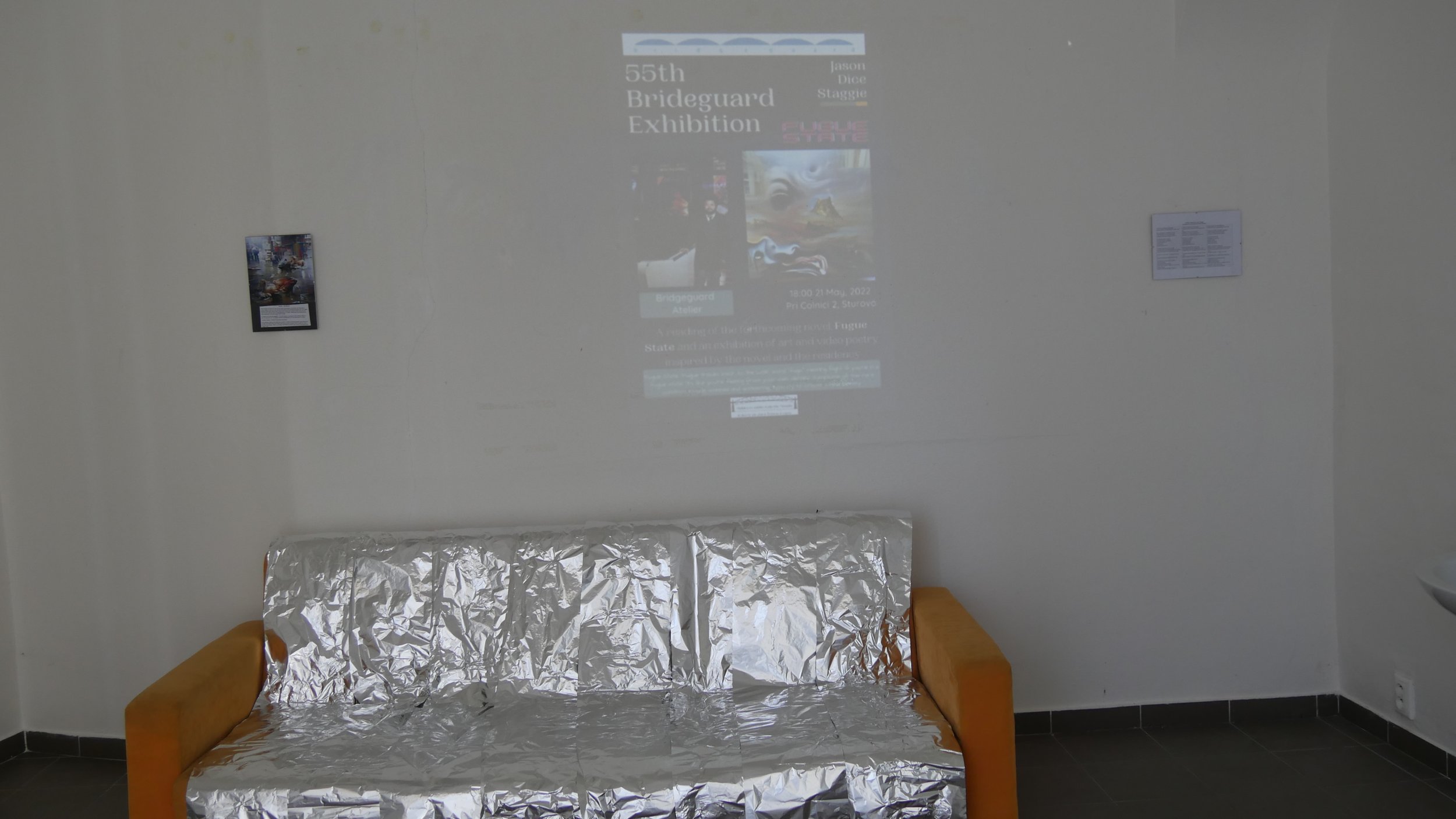In 2020 I was awarded the Bridgeguard residency in Štúrovo, Slovakia, but due to the Covid pandemic, I was unable to take up the residency until March 2022.
Štúrovo is a beautiful, little town that sits on the River Danube, opposite the iconic Hungarian city of Esztergom. The Mária Valéria bridge connects the towns and is steeped in history. The bridge was destroyed in 1944 during World War II, but reconstructed in 2001. The bridge’s stubs kept the memory of the Second World War alive for 57 years. This was the second destruction of the bridge, which was built in 1895. Between 1919 and 1926 it was out of service. The rebuilt bridge deserves to be saved from further destruction by people. To this aim, one realises that mental protection is more important than physical protection. As long as the mental connection between people is intact, the bridge is not endangered and neither is the sense of brotherhood that is embedded in humanity, but not always realised.
The Bridgeguard Residency thus supports artists, scientists and personalities from other professions who work on projects which place emphasis on uniting, connecting, and bridging. I applied for the residency because its ethos spoke to my heart and is a major emphasis of all of my work.
I was initially planning on finishing a short story collection titled Bridges, but I ended up spending most of my time writing my novel, Fugue State. I was so inspired by the towns, the history and the people that I also made a Fluxus video poem and exhibited a series of AI art pieces inspired by my novel. These pieces were created using passages from Fugue State and I found the end result quite fascinating. The AI images tied directly into one of the novel’s major themes of the matrix. Every visual aspect of the exhibition is wedded to the written work.
My sojourn in Slovakia and Hungary was inspiring and I thank the Bridgeguard Residency and all my new friends in Štúrovo and Esztergom for welcoming me with such open arms, as well as for their extreme hospitality.
the part about china
The part about Gadis-gadis africa - the lost girls
the part about yusuf
beihai - wet market
korea - hacking the matrix
fugue state
prisons and slaves
re-education camps
Chocolate town
malaysia - fortune teller
hutong hedonism
A bridge of reflection

